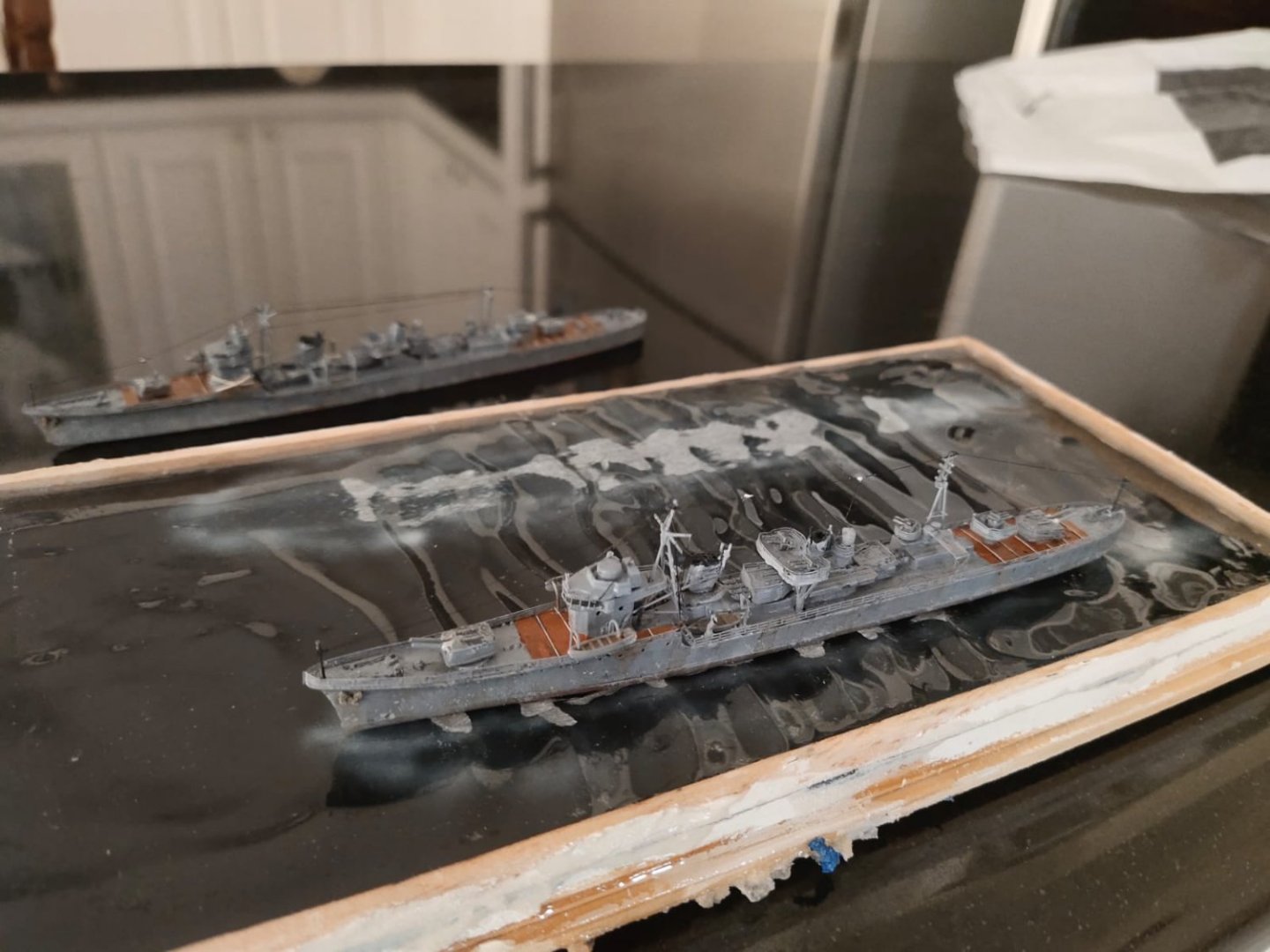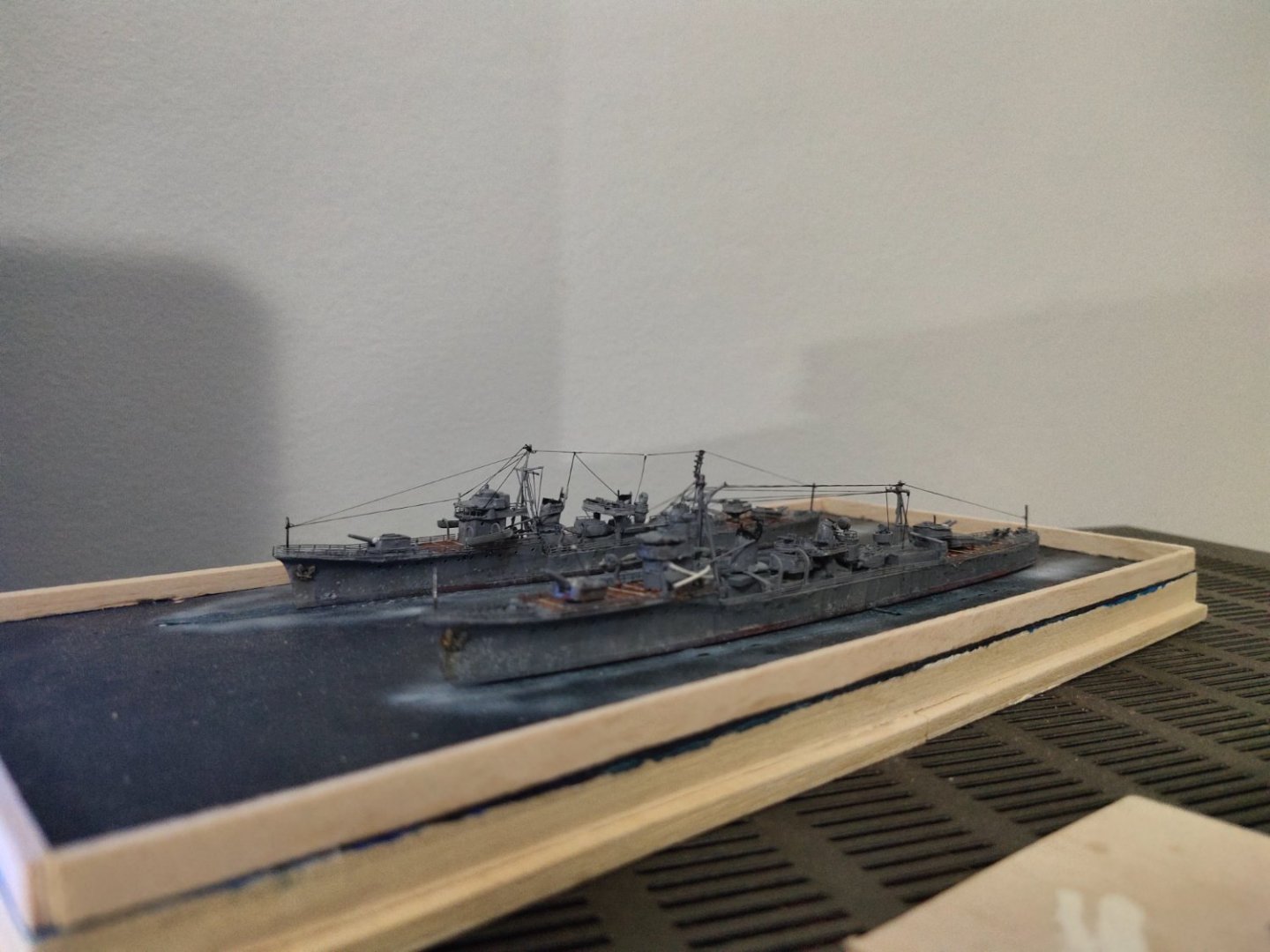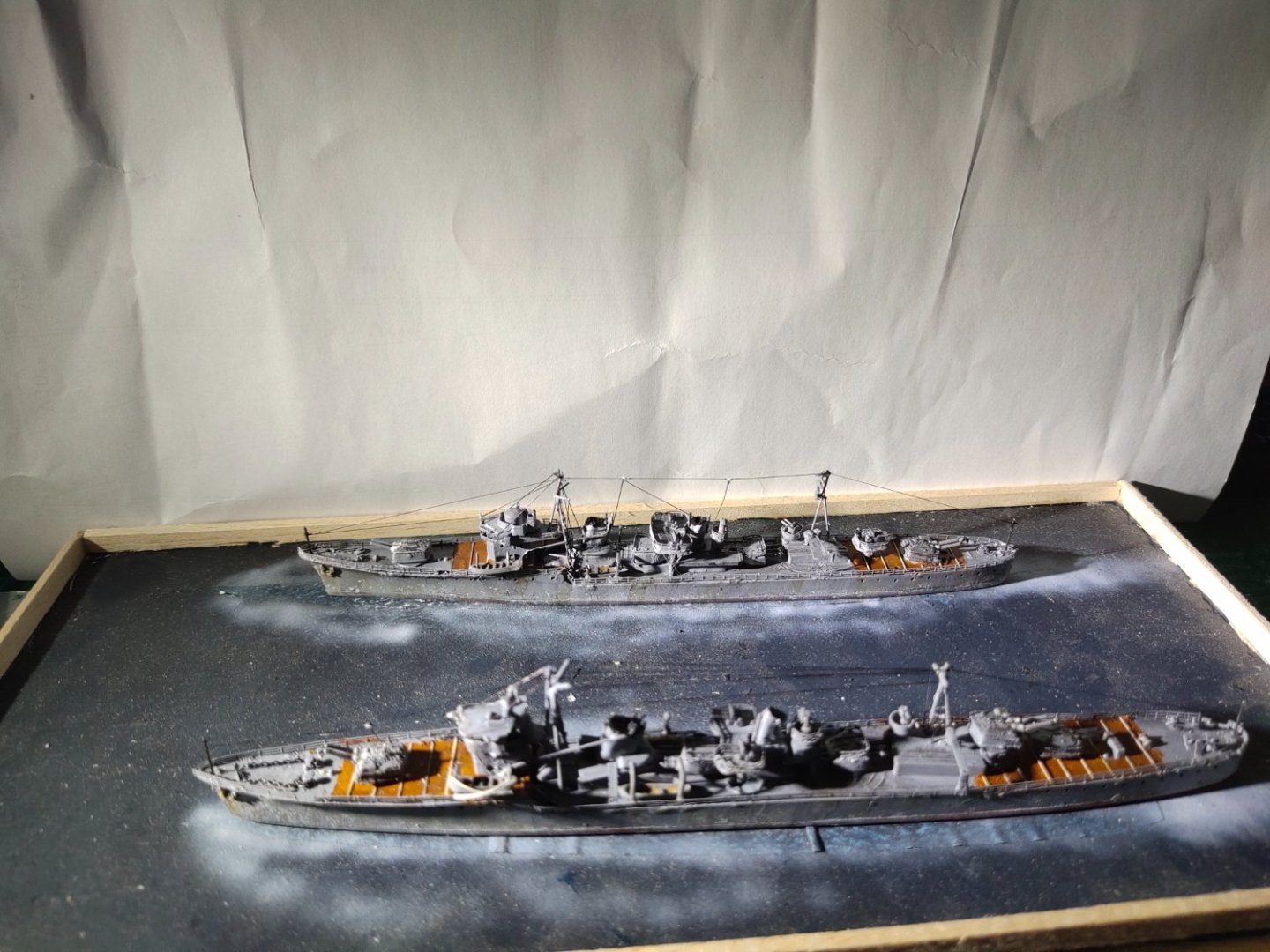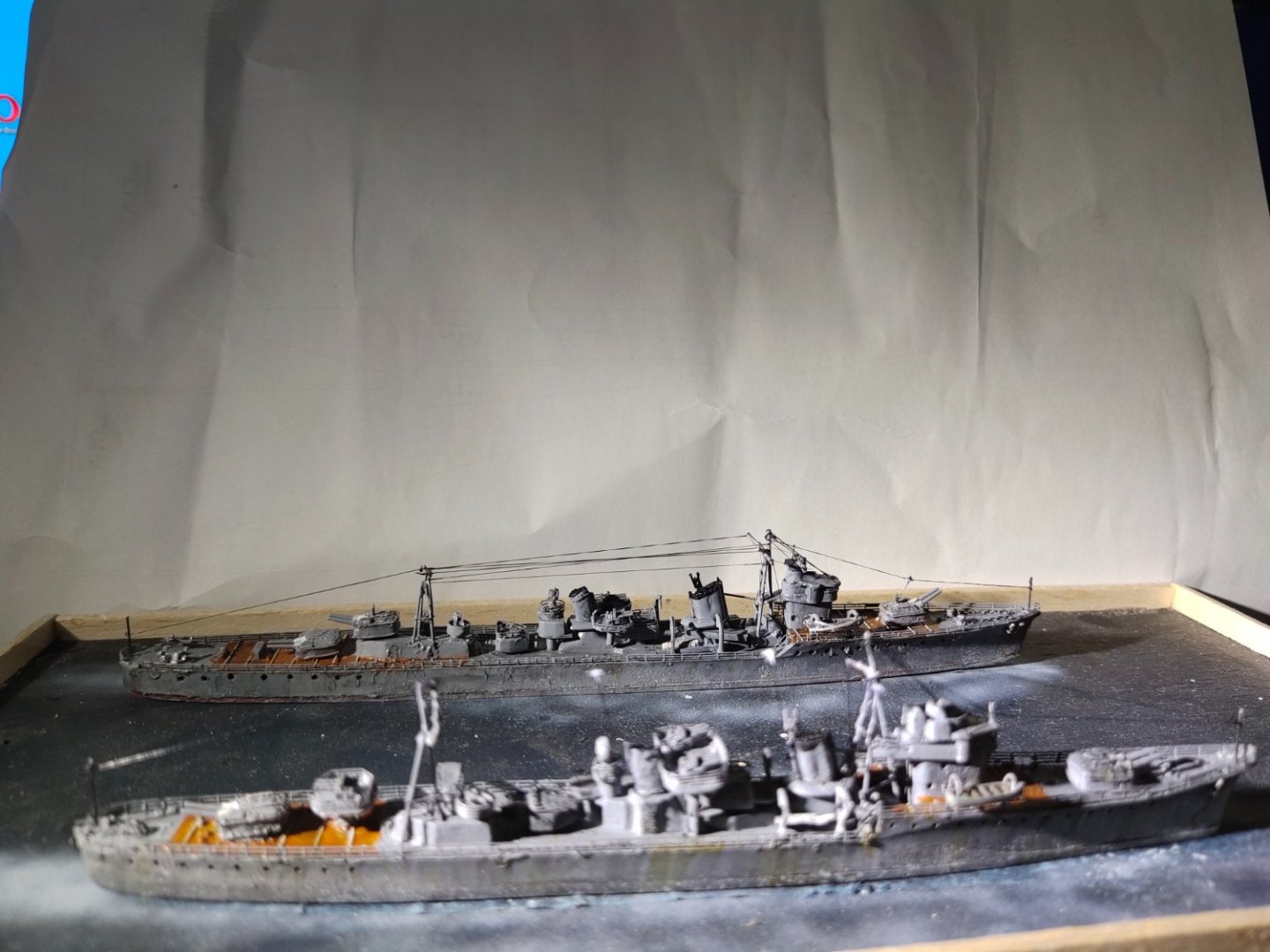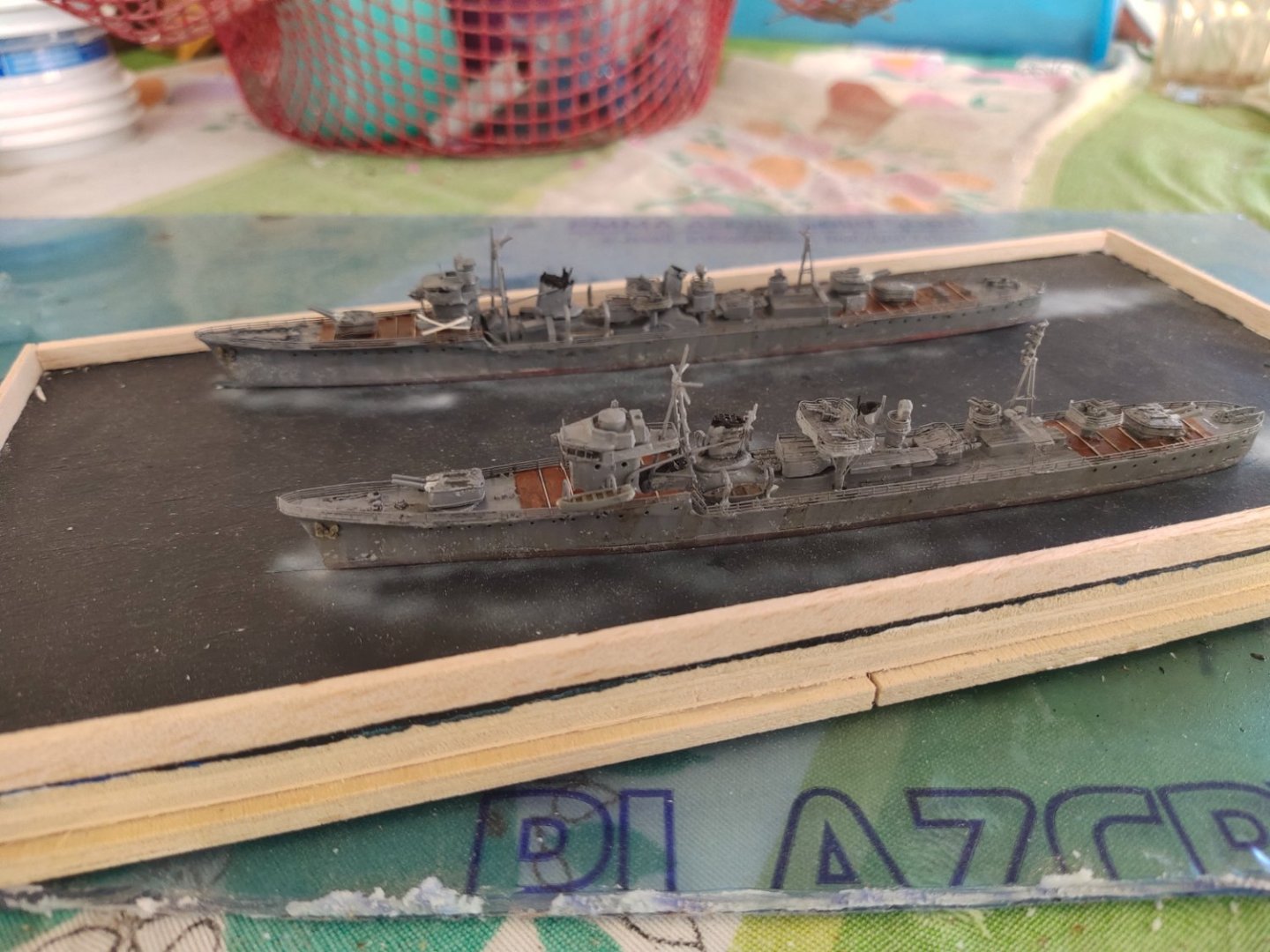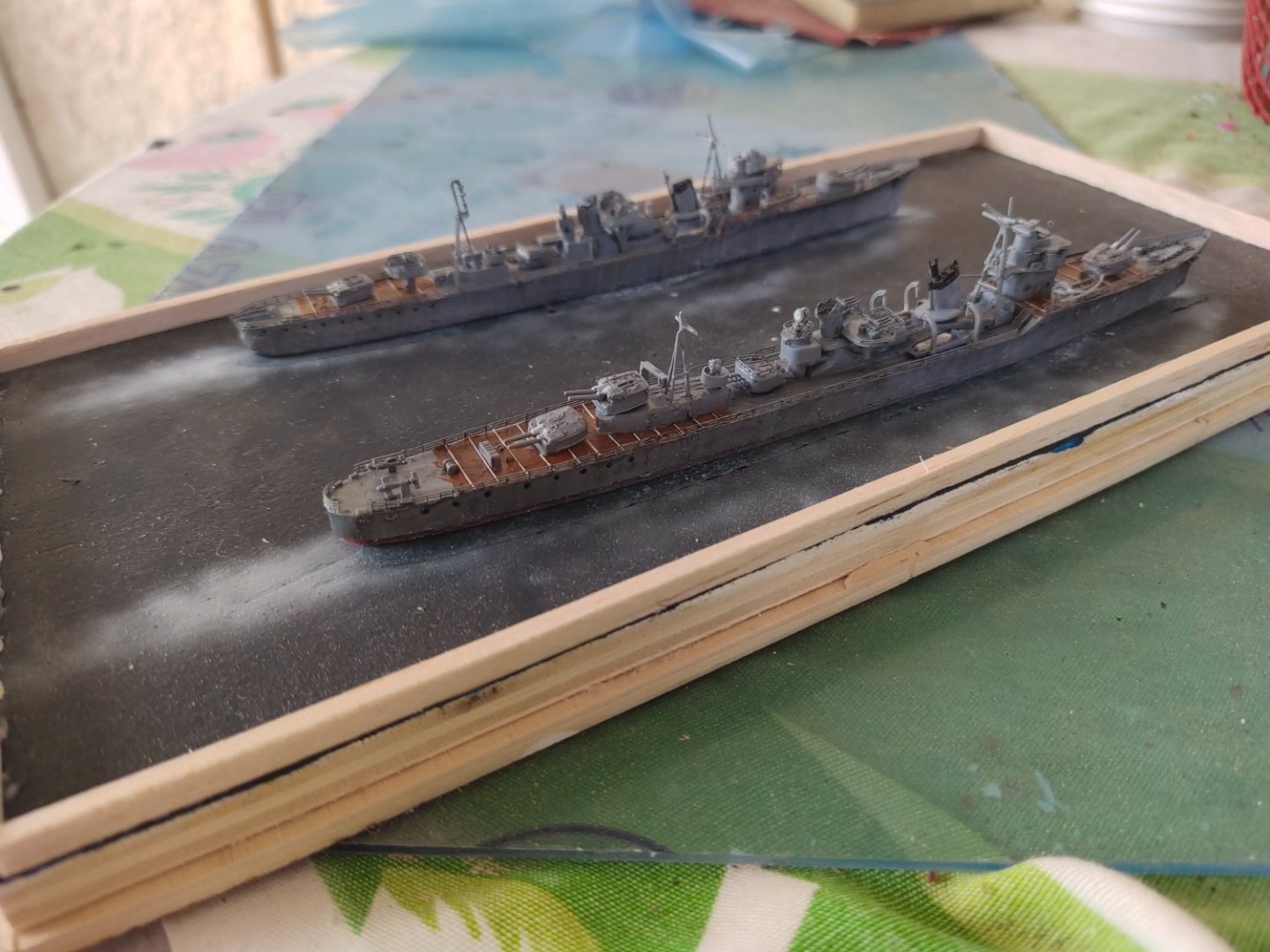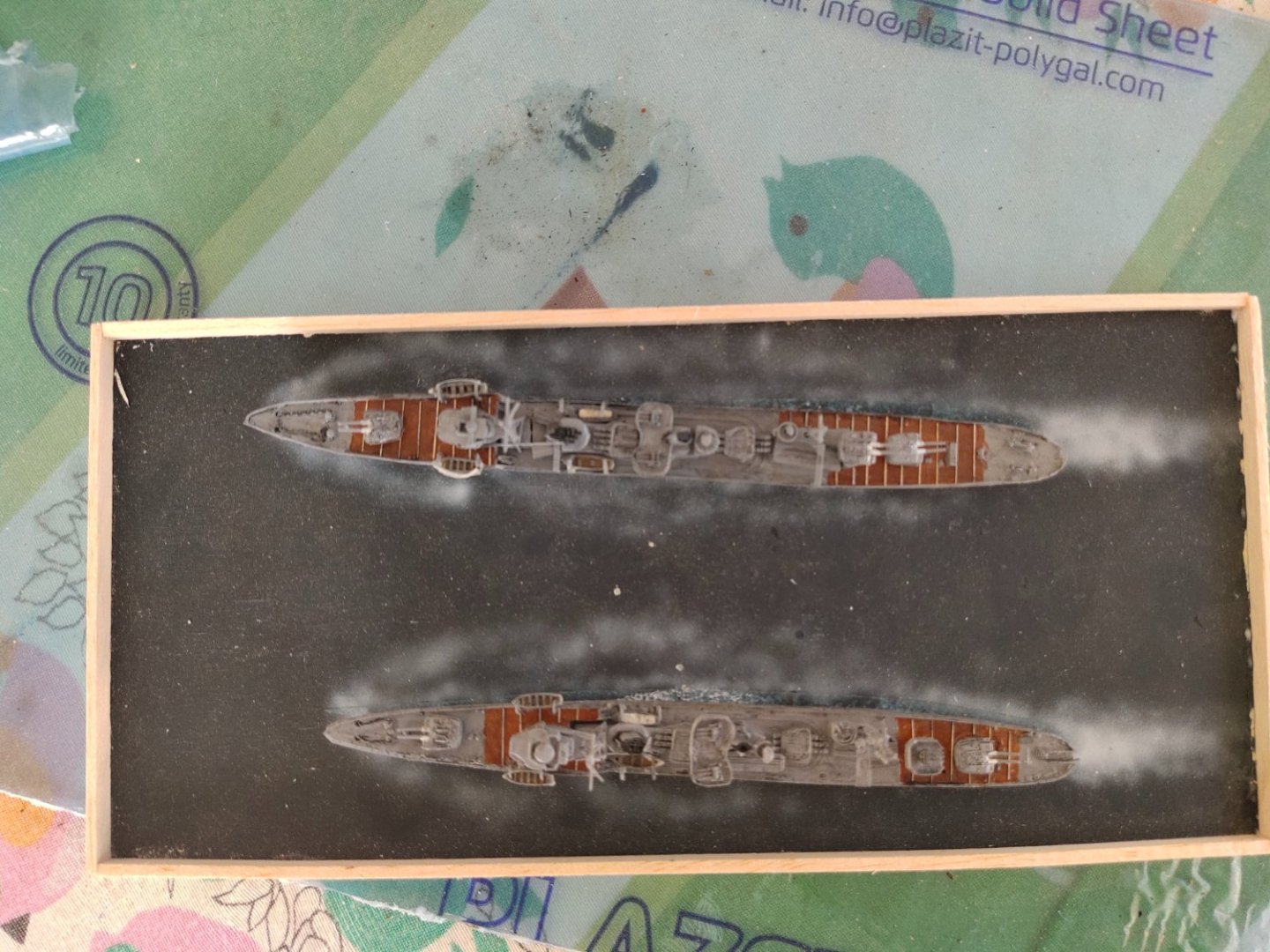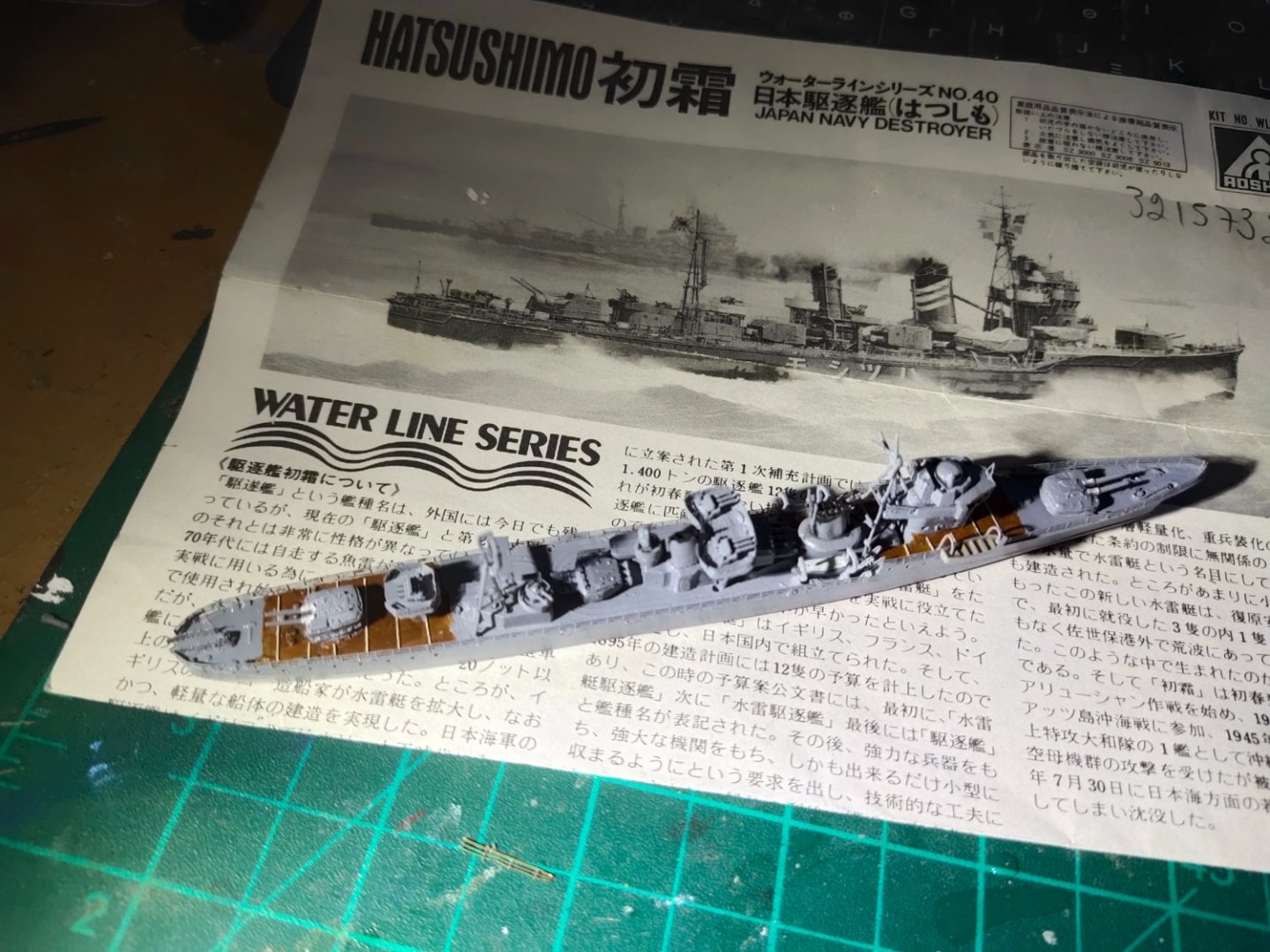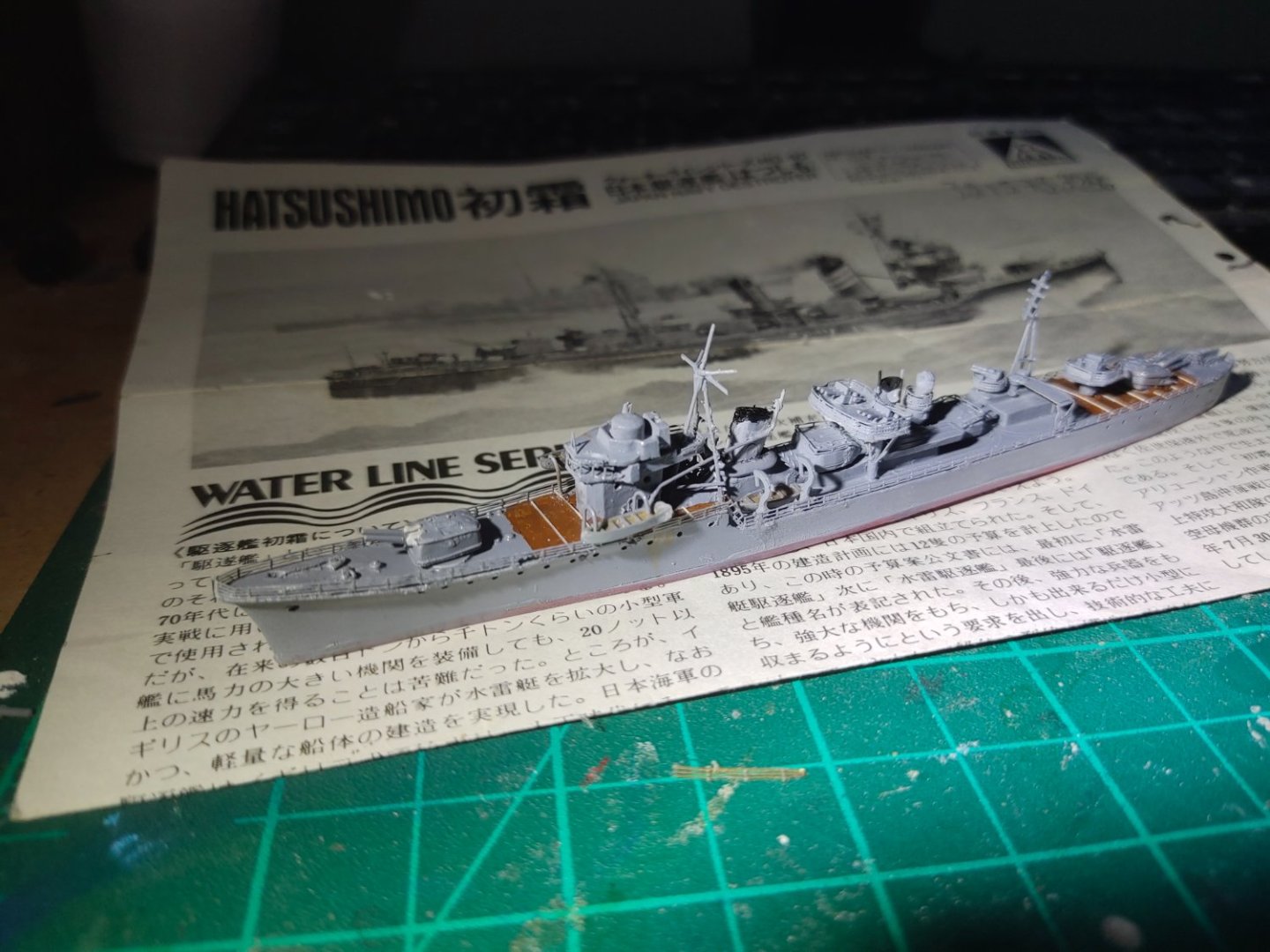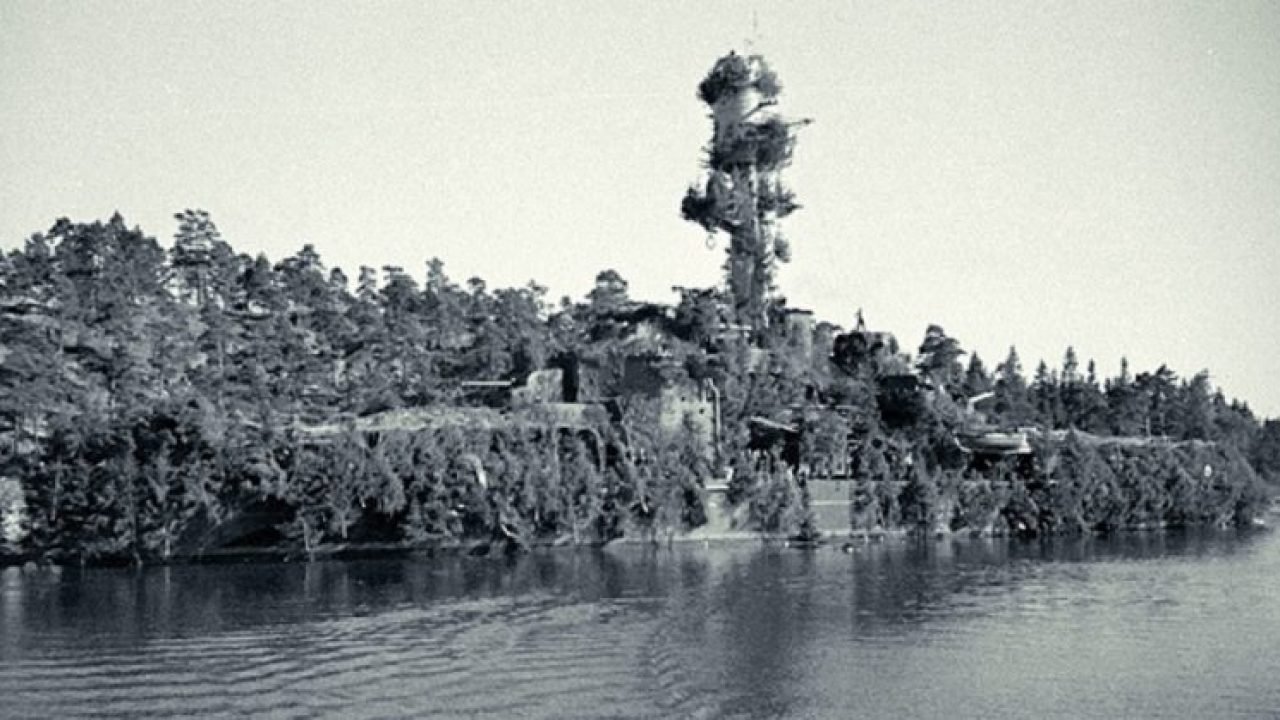
mikegr
Members-
Posts
825 -
Joined
-
Last visited
Content Type
Profiles
Forums
Gallery
Events
Everything posted by mikegr
-
Britannic is just a few miles away from my second house in Kea. The depth is 125 meters. There is also another wreck in 70 meters a French liner converted to military transport the SS Burdigala. Every year Britannic was inspected by a group of Belgian divers. One of them died cause of wrong gas mixture used during dive.
-
Cap San Diego by mikegr - 1/160
mikegr replied to mikegr's topic in - Build logs for subjects built 1901 - Present Day
Back to hand work. I used some wood putty to fill some gaps around the joining area of bulwark and deck. I sanded and used glaze putty for a smoother finish. A couple evenings of work is required but big deal. Been here done that. After this, i will use airbrush to repair paintwork. -
Why in 1/950? I will explain. During my first research for 3d printable models and parts I came up with some submarines. Among many I download and printed a freeware file of Akula Class sub. It was the first ship to be printed so some experimentanion would be needed. After testing several pieces were complete in good detail in 1/700 scale. Or I thought so. While testing and calculating scales my mind was at Alfa Class a sub significantly smaller than Akulas. After doing some maths It was obvious that I was left with a bunch of Akulas in 1/950 scale. You can see the difference of the size in 1/700 and 1/950 in the photo Not sure what to do with them I decide to built a diorama using at least two of them and maybe another class. The scenery would be icy. It will be my first diorama including sea and terain scape. A combo of 3d print and hand work.
-
I made a plexi case not perfect but good enought to keep the dust away. A label also was 3d printed. Not sure what the Japanese letters means, just found the printable file for these online. Next project USS Saratonga with PE set, the longest 1/700 model according to a 2015 Fine Scale Modeller Magazine. This is going to take a while as I'm going to take a break and start another project to post in this section.
-
Greek bireme 460 BC
mikegr replied to Rebelnfl's topic in Building, Framing, Planking and plating a ships hull and deck
Maybe this helps -
I finish detailing. Hatshusimo "slowed down" a bit. Did some work on paintwork on rear wakes but not successful as this should be done earlier. I added some sylicon bits to give a crystal clear effect on waves then brushed them with alkyd varnish. I Painted the base, some resin could not removed totally in the easy way. I will varnish the base too before make the cover box
-
Cap San Diego by mikegr - 1/160
mikegr replied to mikegr's topic in - Build logs for subjects built 1901 - Present Day
The person who designed my projects owns this site https://www.endtas.com/contact-us/?fbclid=IwAR0qADs71nvIKaXuem1vhqV3mTyS79q0LMuxZ4ioCTCVhByd356Qyr2yL2M It has a lot of free stuff to download. I have printed a couple of submarines model with great success. Those that are not free are still very reasonably priced. You can also donate as little as 2$. Its definately worth to visit it. -
Cap San Diego by mikegr - 1/160
mikegr replied to mikegr's topic in - Build logs for subjects built 1901 - Present Day
Progress must go on somehow. I found someone on FB who could design bulwarks ready to print for me. I will talk about it later The bow desing came pretty close to model dimensions. With a heat gun i soften the resin pieces and added to the deck with epoxy putty/glue. Due to the size i had to cut the rear section in pieces. If you are interested in a resin printer i suggest to go for at least medium size. The 6" diagonal plate can be filled easily. -
Two different approaches. For the bottom one I used home made snow effect for the waves. On the upper one same for the rear wakes only. For the sides I used gel medium. Tomorrow it will be transparent. I will attempt to paint it with 0000 brush and airbrush. cotton + PVA was not preffered this time something more fluffy was desired therefore I used snow foam. Also I have noticed that cotton balls are not pure white and dont know how to paint them. So when this is finish there will be two different results in the same base. The big success in this attempt was the wavy sea. But for the wakes I need to improve my airbrush skills I'm very clumsy on this, having destroyed 2 and just got a 3rd one.
-
Sculpting the resin wasn't the best experience. Lots of dust and a constant fear that dremel tool might slip and damame the surface. Which happened in a few cases. But I think this will be covered by the wakes I guess. Ships were put in place gap filled with acrylic putty and small gaps with thick paint. At the lower ship on the right side you can see a few thin scratches caused from my very thin tip of the tool. They look like splashes. Maybe set up a small experimental resin base in the future and see if I can draw some wave lines on it
-
Time for the seabase First i used some wood putty to make sure that there will be no resin leak. My first wavy resin sea failed lets see now. This time i am using a fast drying resin, curing time aprox 40 min. First i measured the volume, and filled 80% full about 80 ml. ,waited about 10-15 minutes. Then took a hair dryer while having a heat gun on my other hand. The dryer gave the desired wave shape while the heat gun provided extra heat for rapid drying. At first resin was too liquid some spilling was inevitable. Later it dried and caused a sticky base. But far less than previous time. Heatgun was reduced to lower scale as on full scale smoked the resin a bit giving me a bath of cold sweat. But seemed that no damage has been done. I continued working with both hands and as the mixture got thicker i reduced the blowing distance Not that at the moment that this photo was taken the black hairdryer on the left died from overheating. Its just present for demonstrating purpose. Fortunately started working again. After almost an hour resin got thick but i still applied heat for another 30 minutes. This time with hairdryer only and with short brakes. I took it upstairs let it rest overnight and next day i inspected it The wavy effect has been achieved and the uneven sea level is also welcomed. Some dust spots appeared remind me another rule. Everything around must be very clear during process as well as tools, cups, mixing spoons etc. Now the other challenge is to level the surface so ships can sit properly. You see putting the models while curing the resin would have disastrous effects caused of the excess blowing and heating. The dremel tool seems to sand resin well, did some work, will do the rest tomorrow
-
the printing lines on the lifeboats is a great success
- 460 replies
-
- Finished
- Flower-class
-
(and 1 more)
Tagged with:
-
if you shop overseas you can try Amati's website as well as Polish RB Models through Polish websites at good selection and prices
- 460 replies
-
- Finished
- Flower-class
-
(and 1 more)
Tagged with:
-
nice combo work of scratch work and 3d printing the large scale of the model allows the great usage of monofilament printer
- 460 replies
-
- Finished
- Flower-class
-
(and 1 more)
Tagged with:
-
great and carefully job done on deck painting and aircrafts. As a straight out of the box built, cant be done much better that this.
- 16 replies
-
- Italeri
- Theodore Roosevelt
-
(and 2 more)
Tagged with:
-
1/200 Trumpeter IJN YAMATO - issued by MRC/Gallery Models
mikegr replied to yvesvidal's topic in REVIEWS: Model kits
you can print out a pic of a Christmas tree and glue it over the box. This is what i am going to do. And after completion i would do the same, like this- 104 replies
-
- MRC/Gallery
- Yamato
-
(and 1 more)
Tagged with:
About us
Modelshipworld - Advancing Ship Modeling through Research
SSL Secured
Your security is important for us so this Website is SSL-Secured
NRG Mailing Address
Nautical Research Guild
237 South Lincoln Street
Westmont IL, 60559-1917
Model Ship World ® and the MSW logo are Registered Trademarks, and belong to the Nautical Research Guild (United States Patent and Trademark Office: No. 6,929,264 & No. 6,929,274, registered Dec. 20, 2022)
Helpful Links
About the NRG
If you enjoy building ship models that are historically accurate as well as beautiful, then The Nautical Research Guild (NRG) is just right for you.
The Guild is a non-profit educational organization whose mission is to “Advance Ship Modeling Through Research”. We provide support to our members in their efforts to raise the quality of their model ships.
The Nautical Research Guild has published our world-renowned quarterly magazine, The Nautical Research Journal, since 1955. The pages of the Journal are full of articles by accomplished ship modelers who show you how they create those exquisite details on their models, and by maritime historians who show you the correct details to build. The Journal is available in both print and digital editions. Go to the NRG web site (www.thenrg.org) to download a complimentary digital copy of the Journal. The NRG also publishes plan sets, books and compilations of back issues of the Journal and the former Ships in Scale and Model Ship Builder magazines.



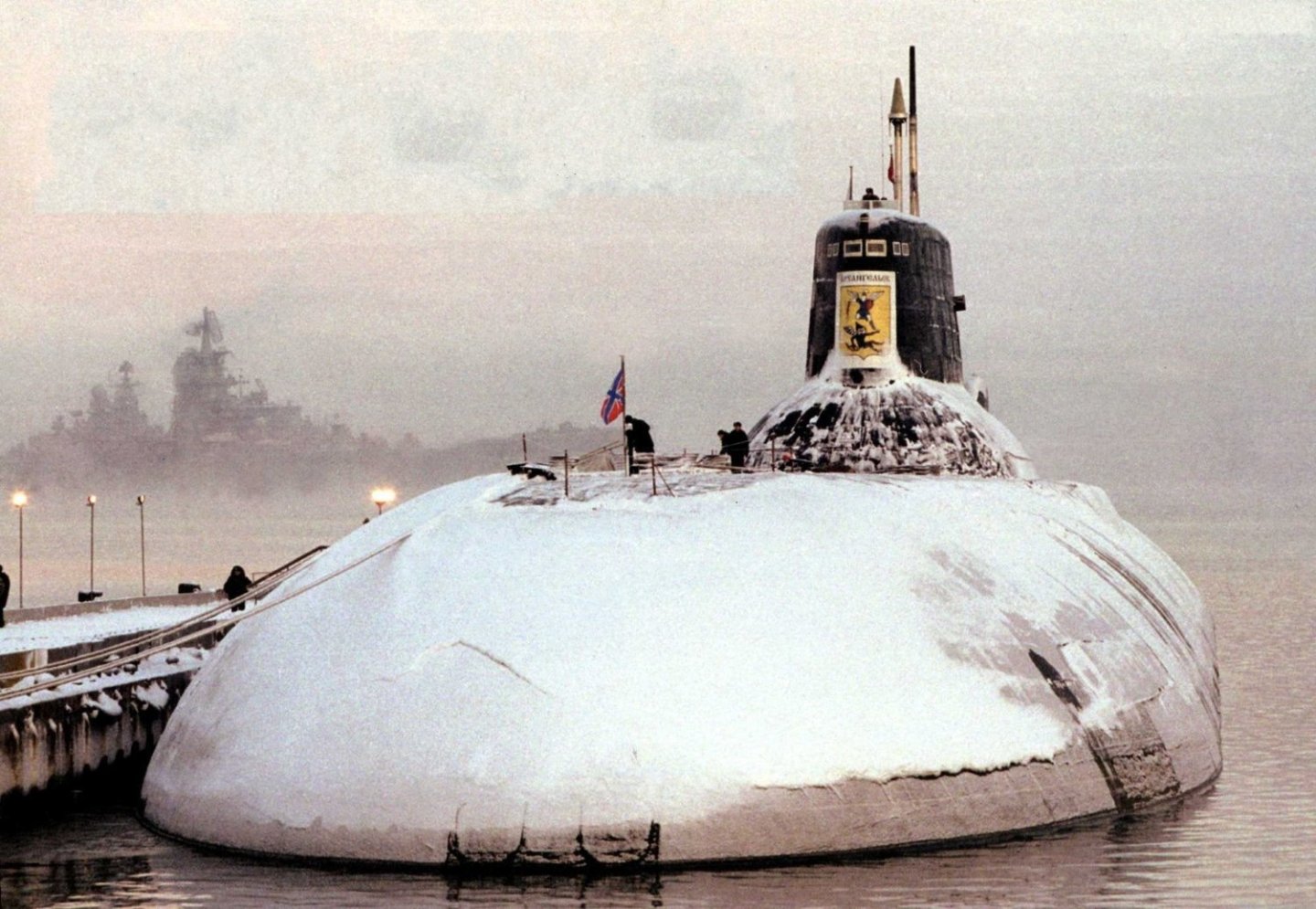
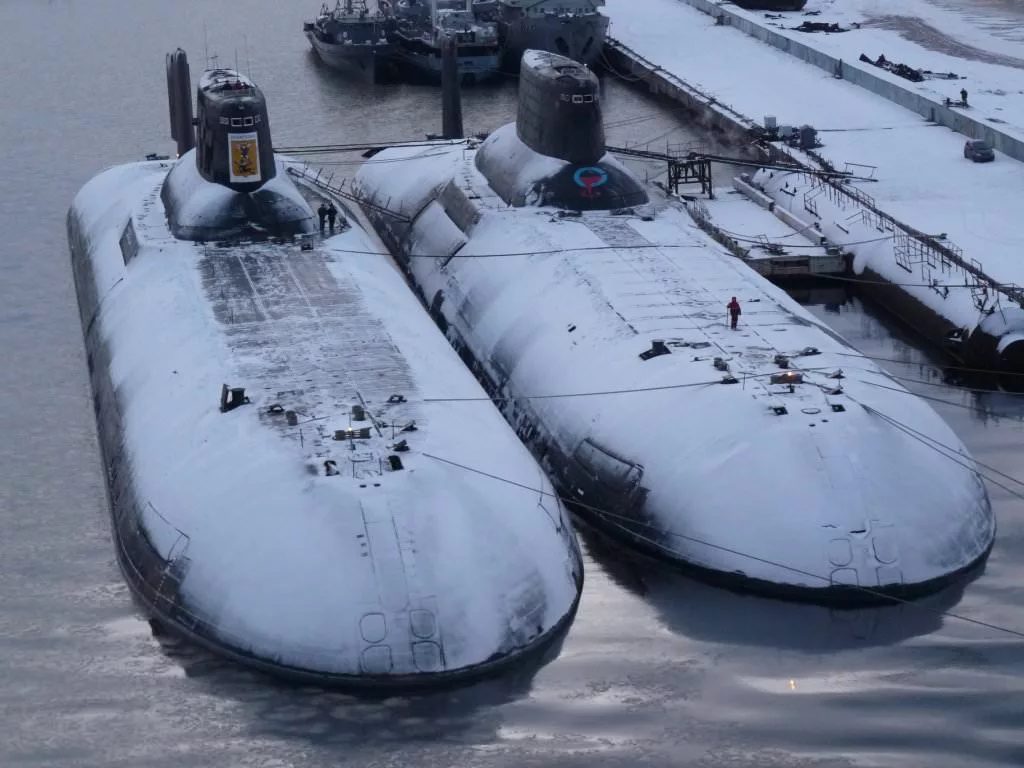
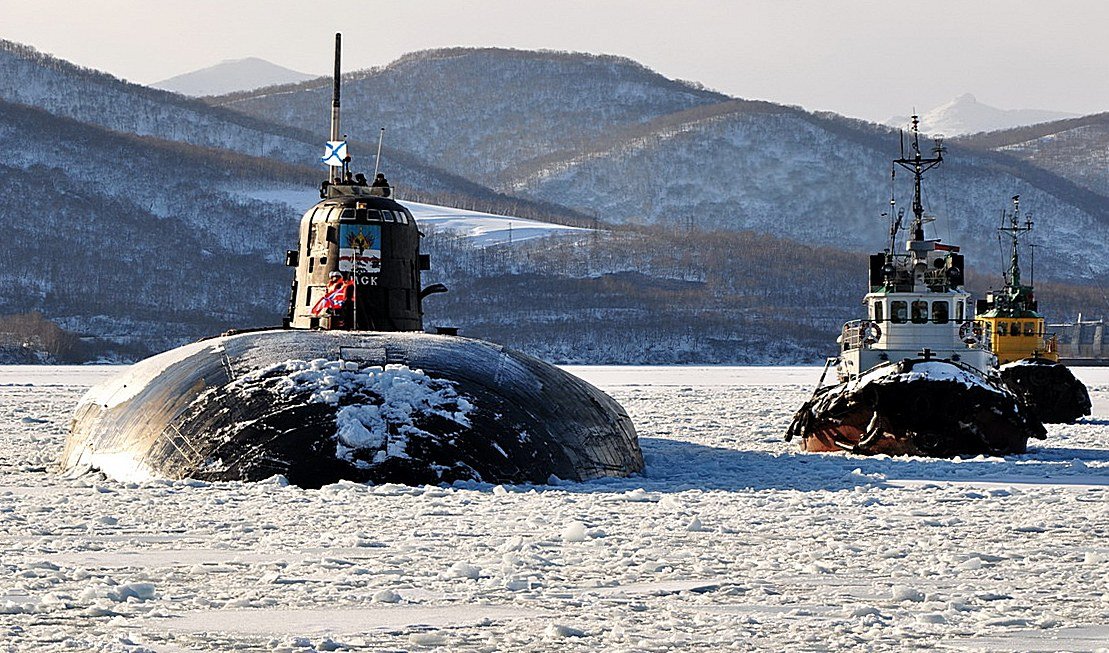
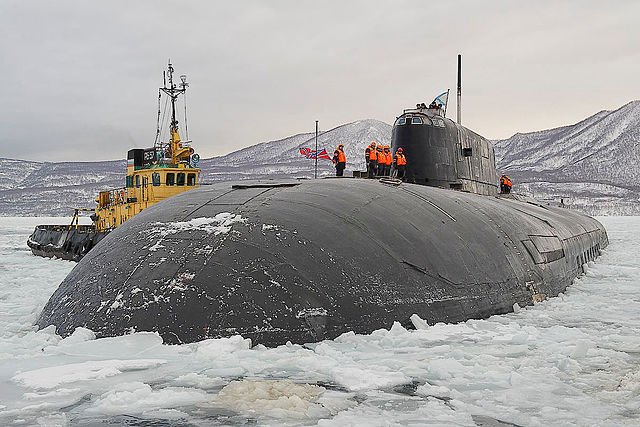
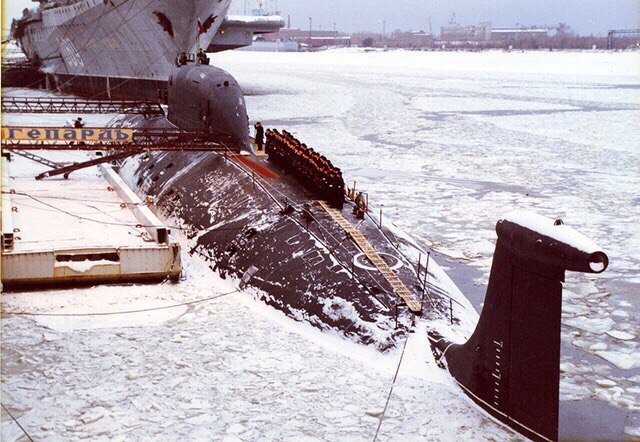
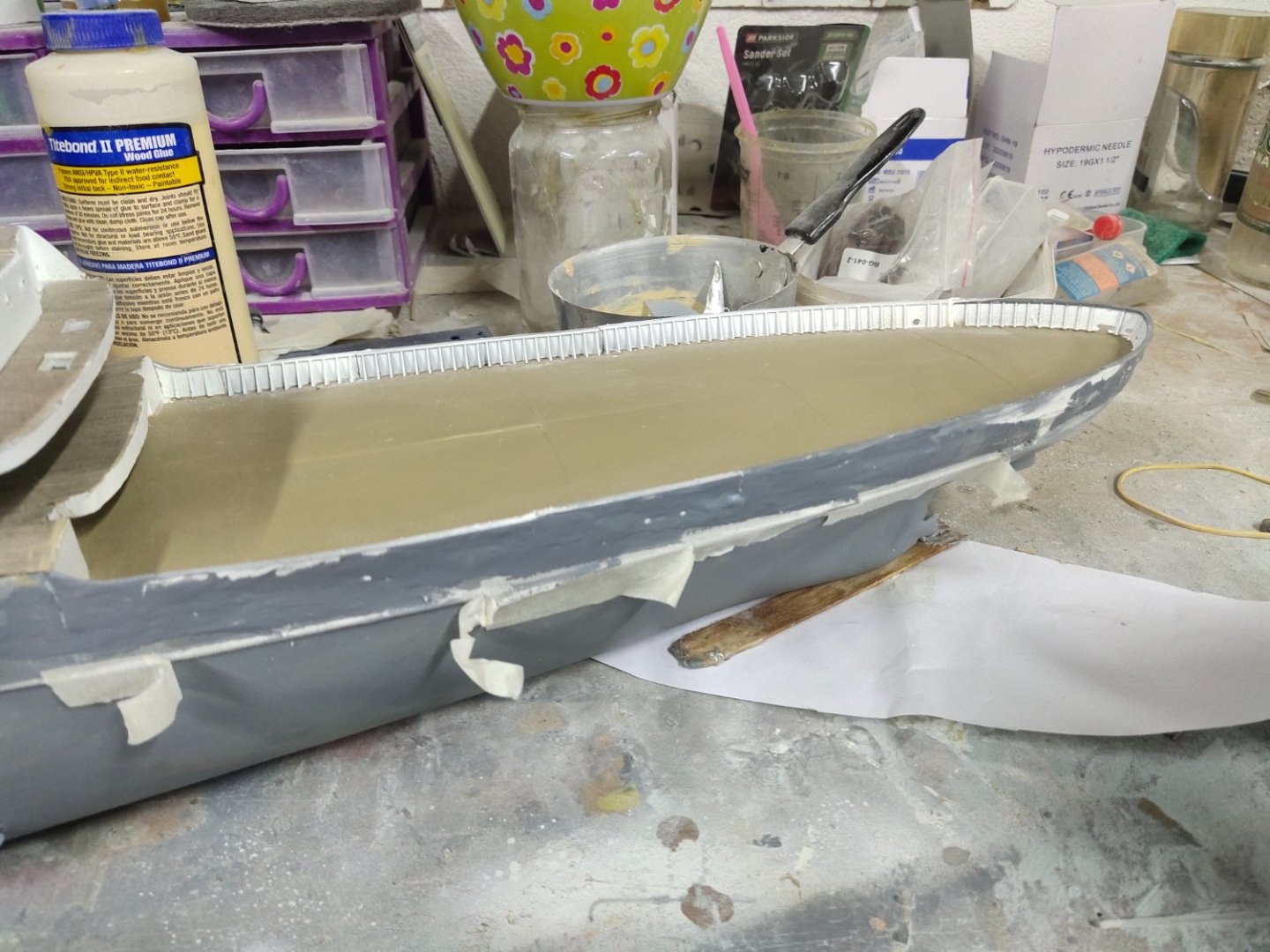
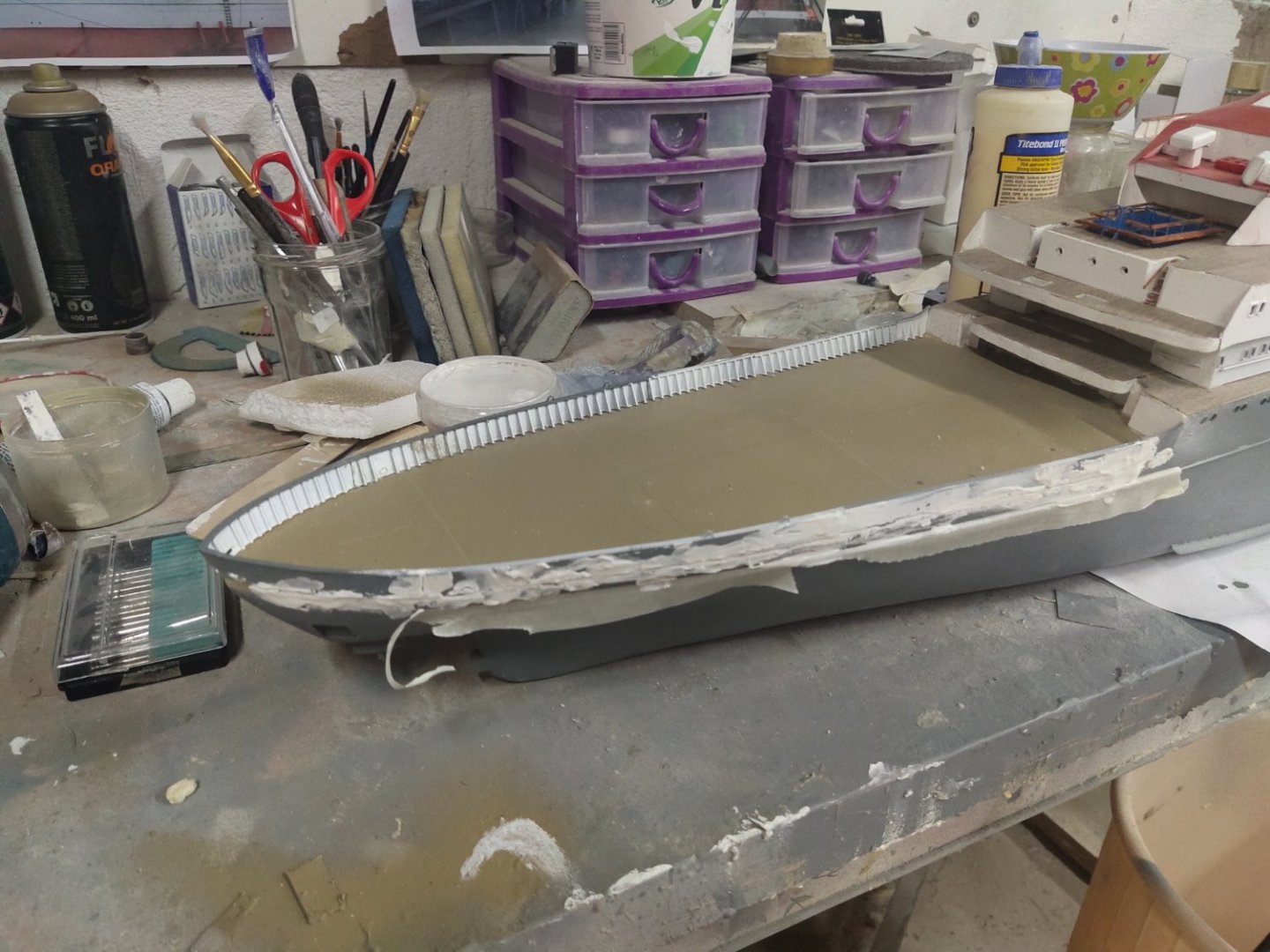
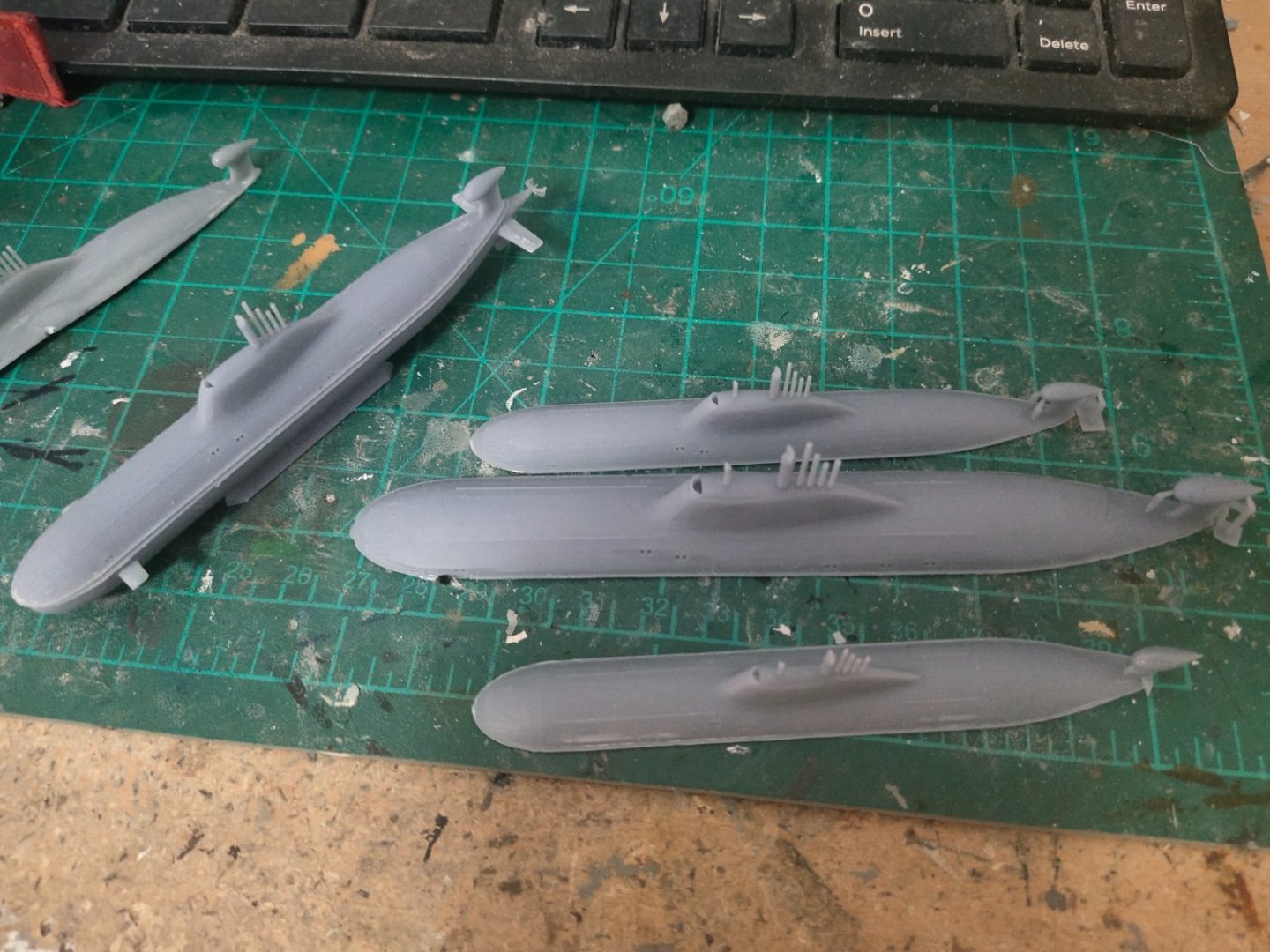
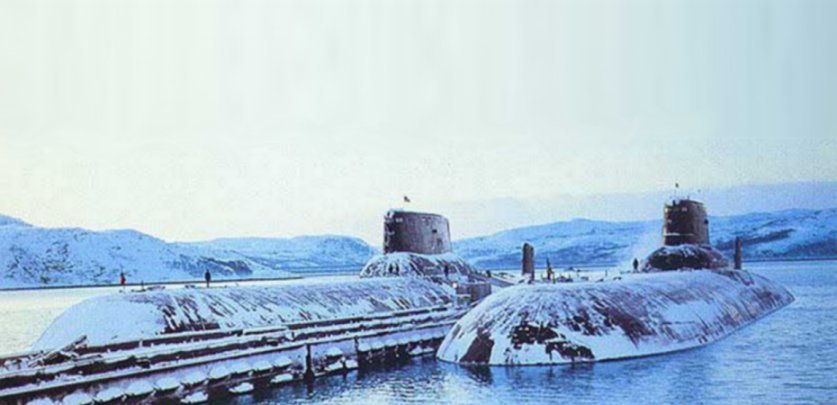
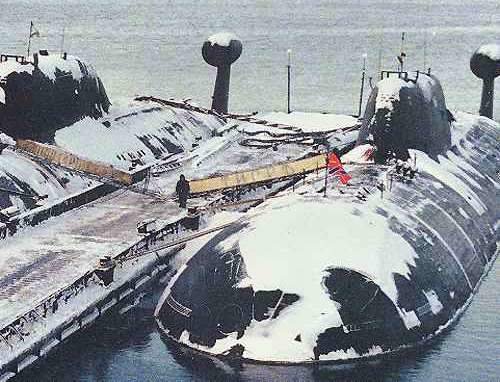
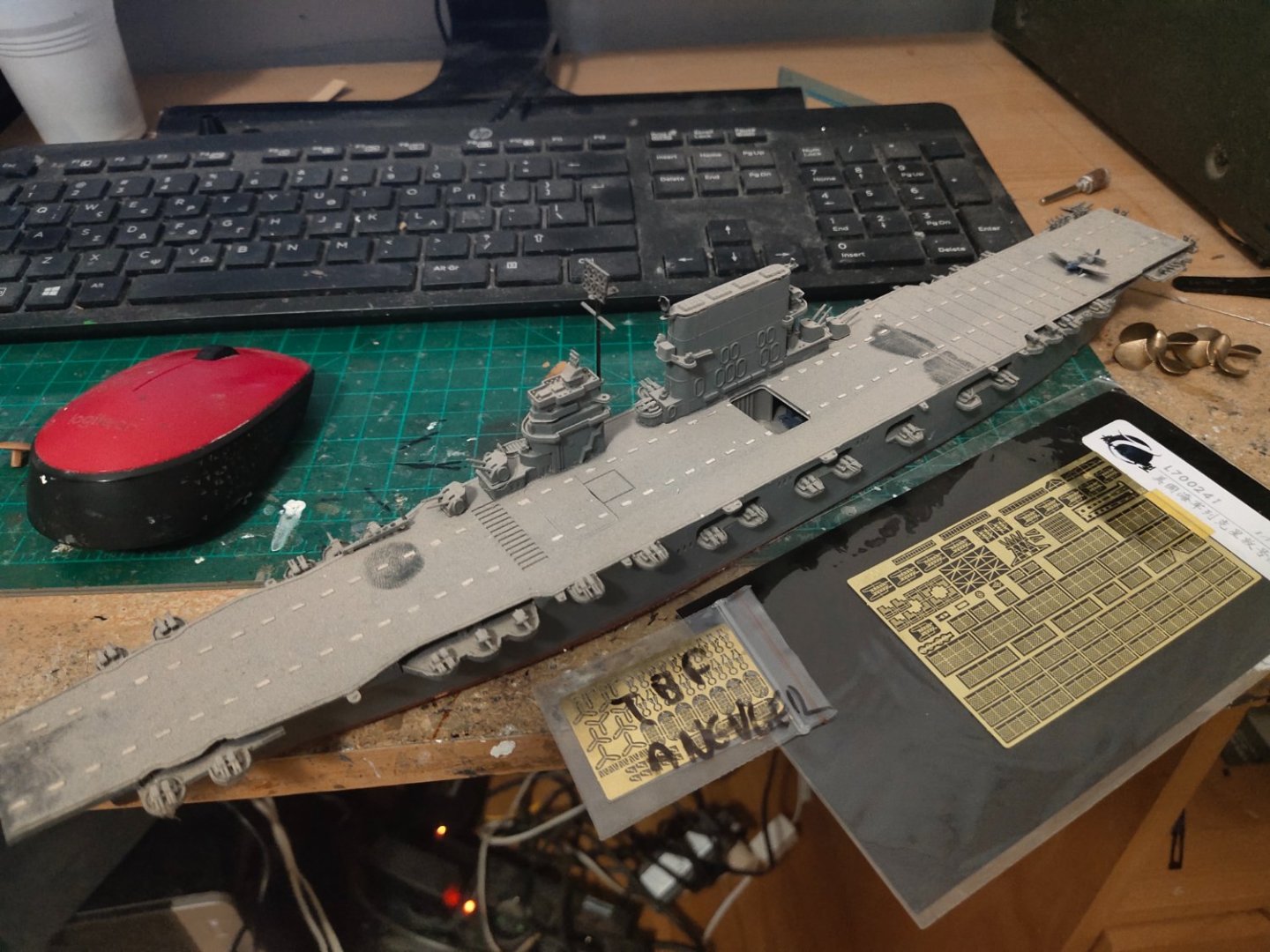
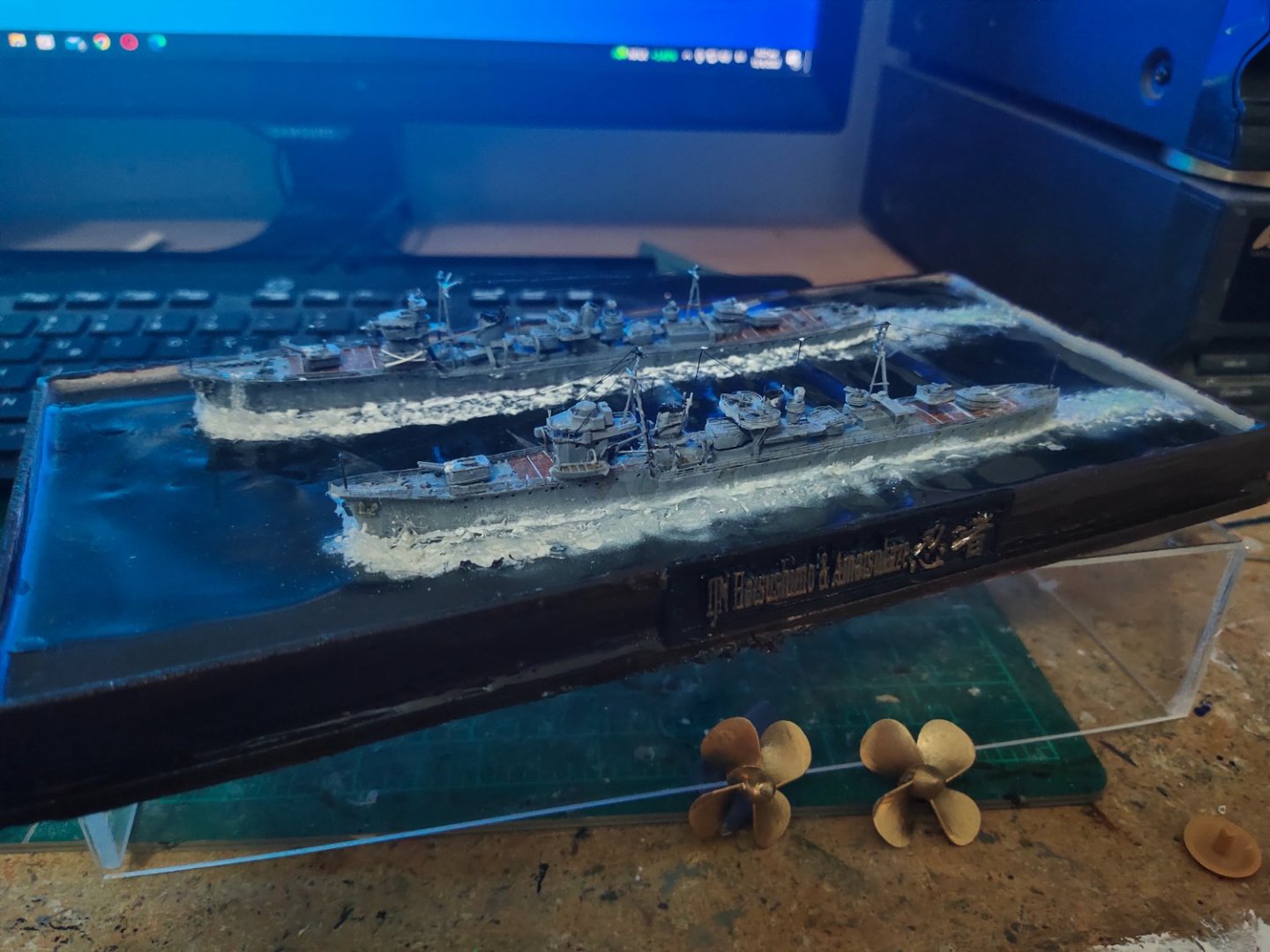

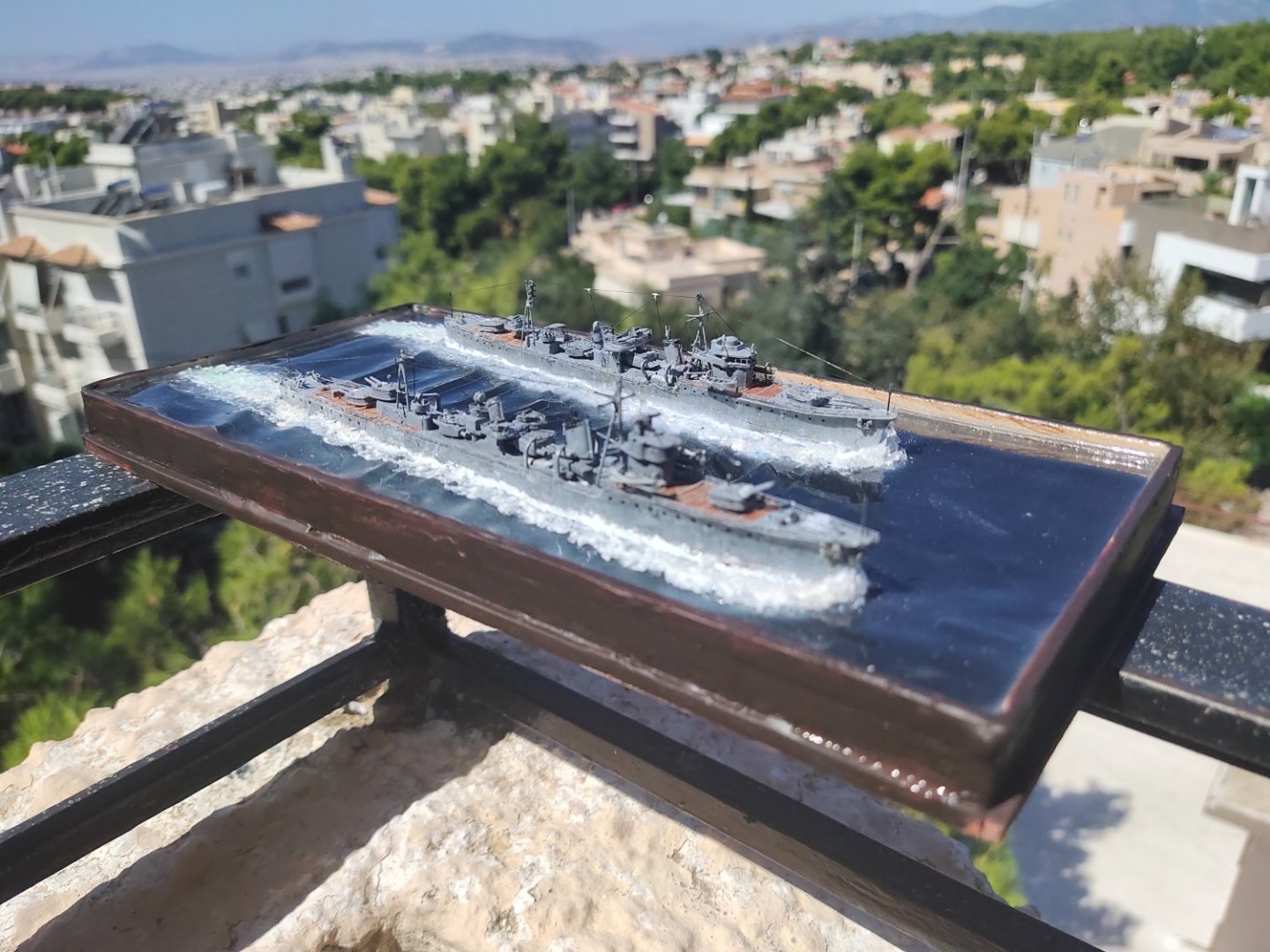
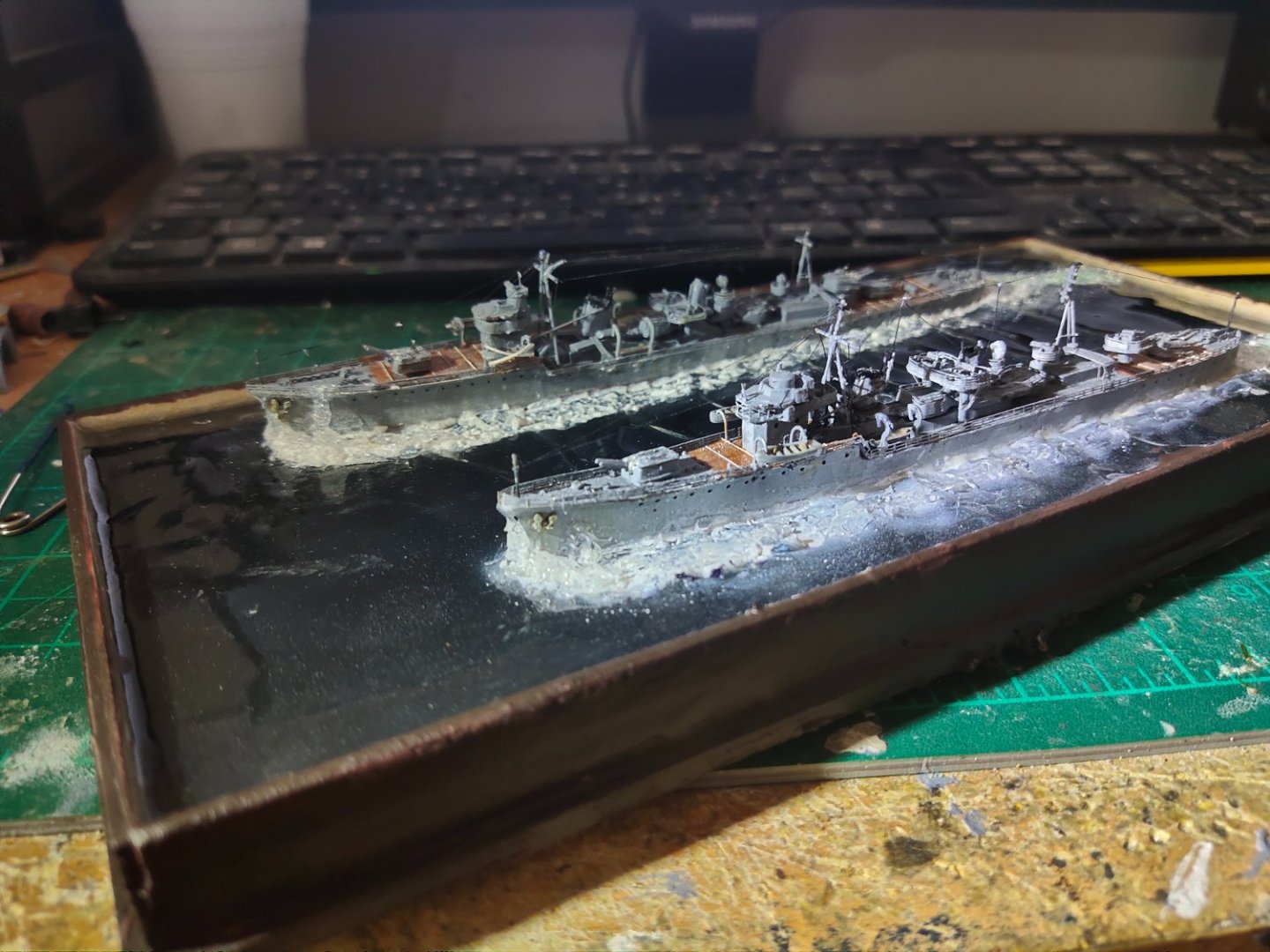

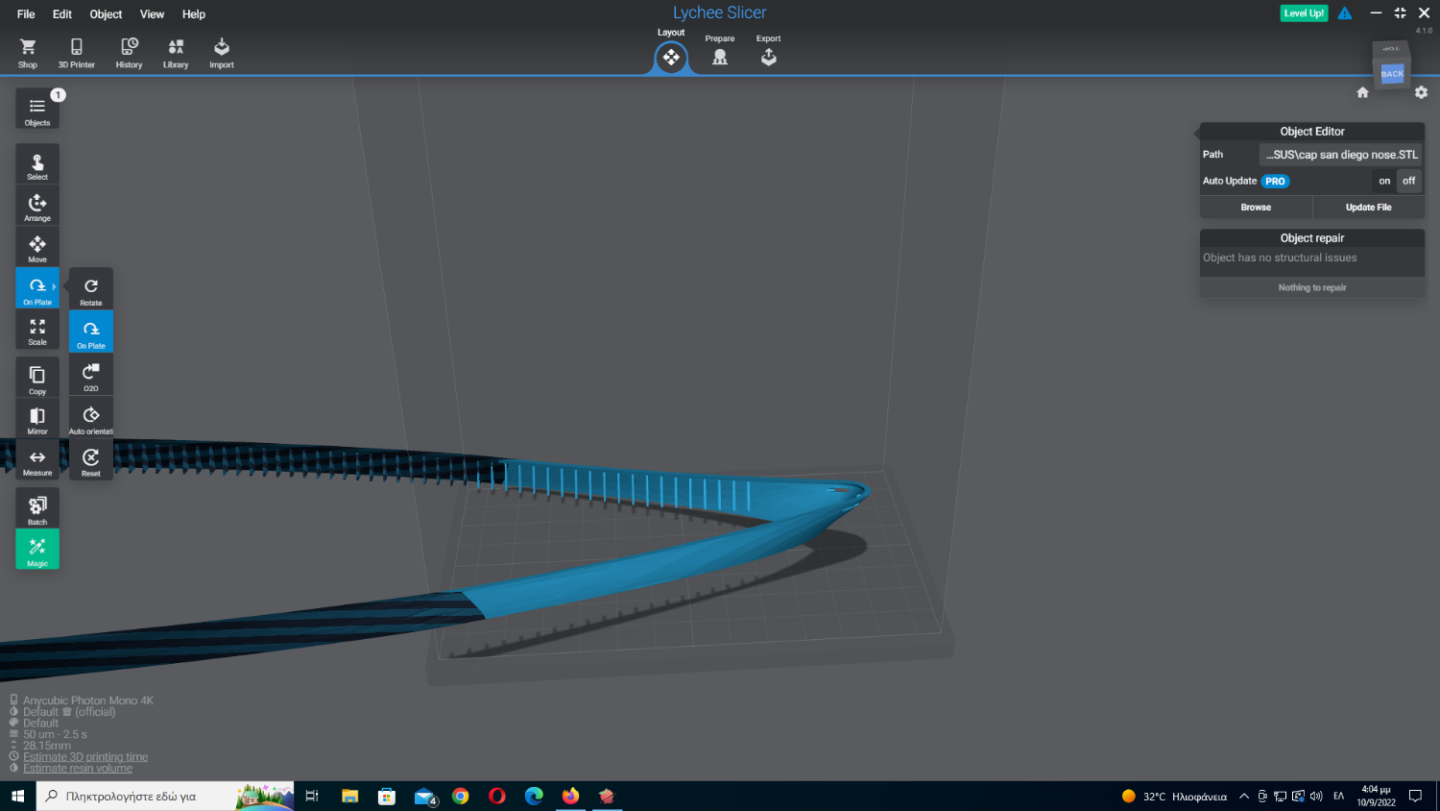
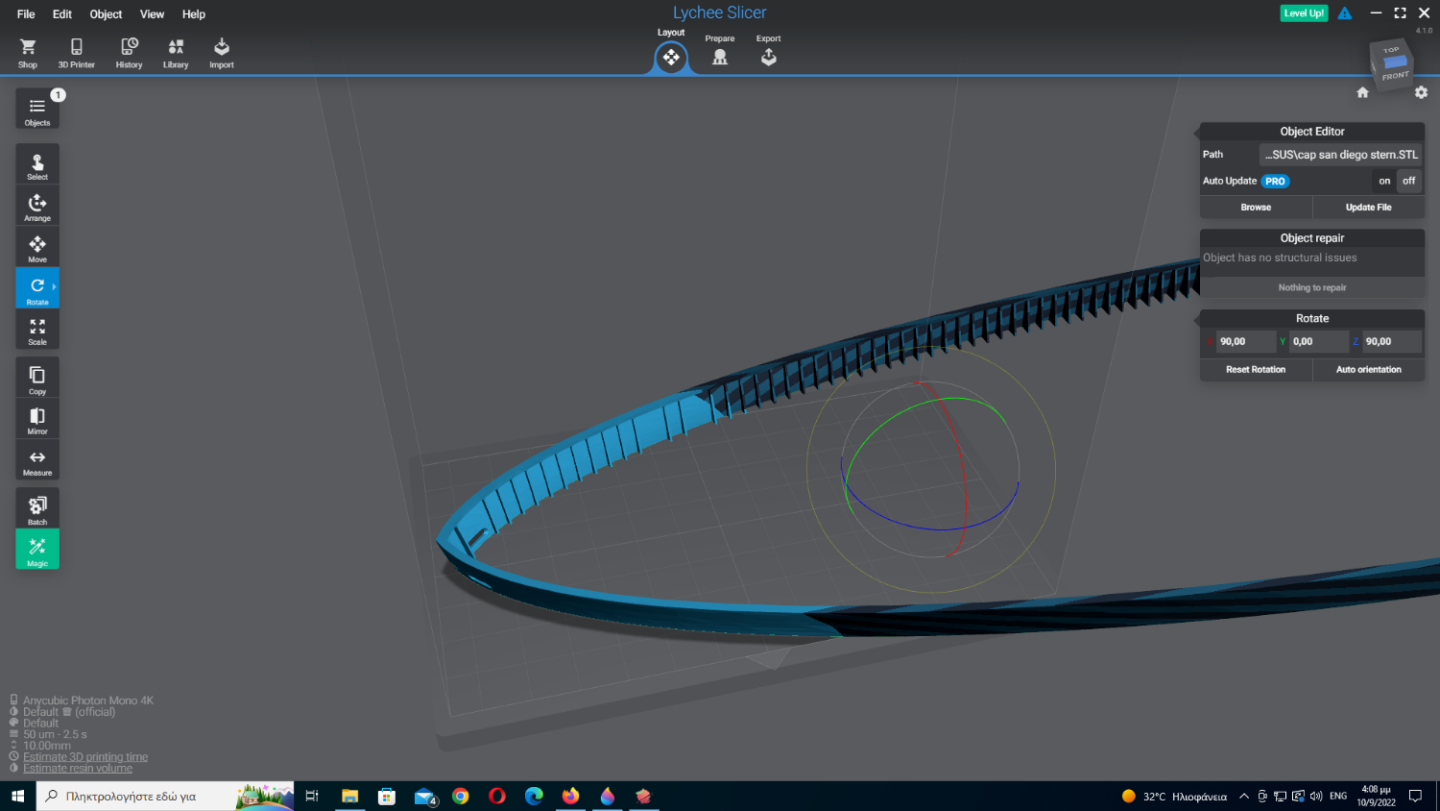
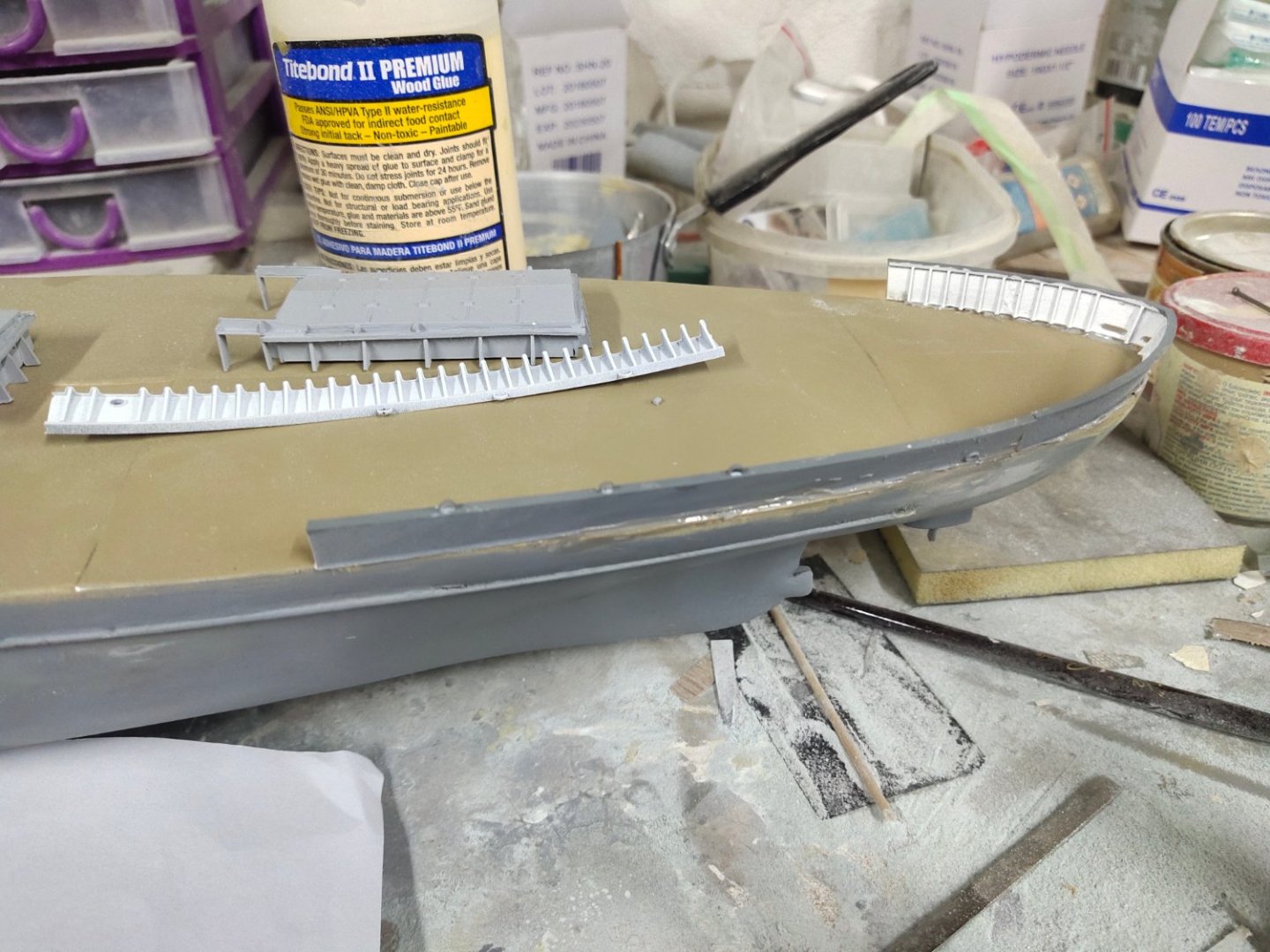
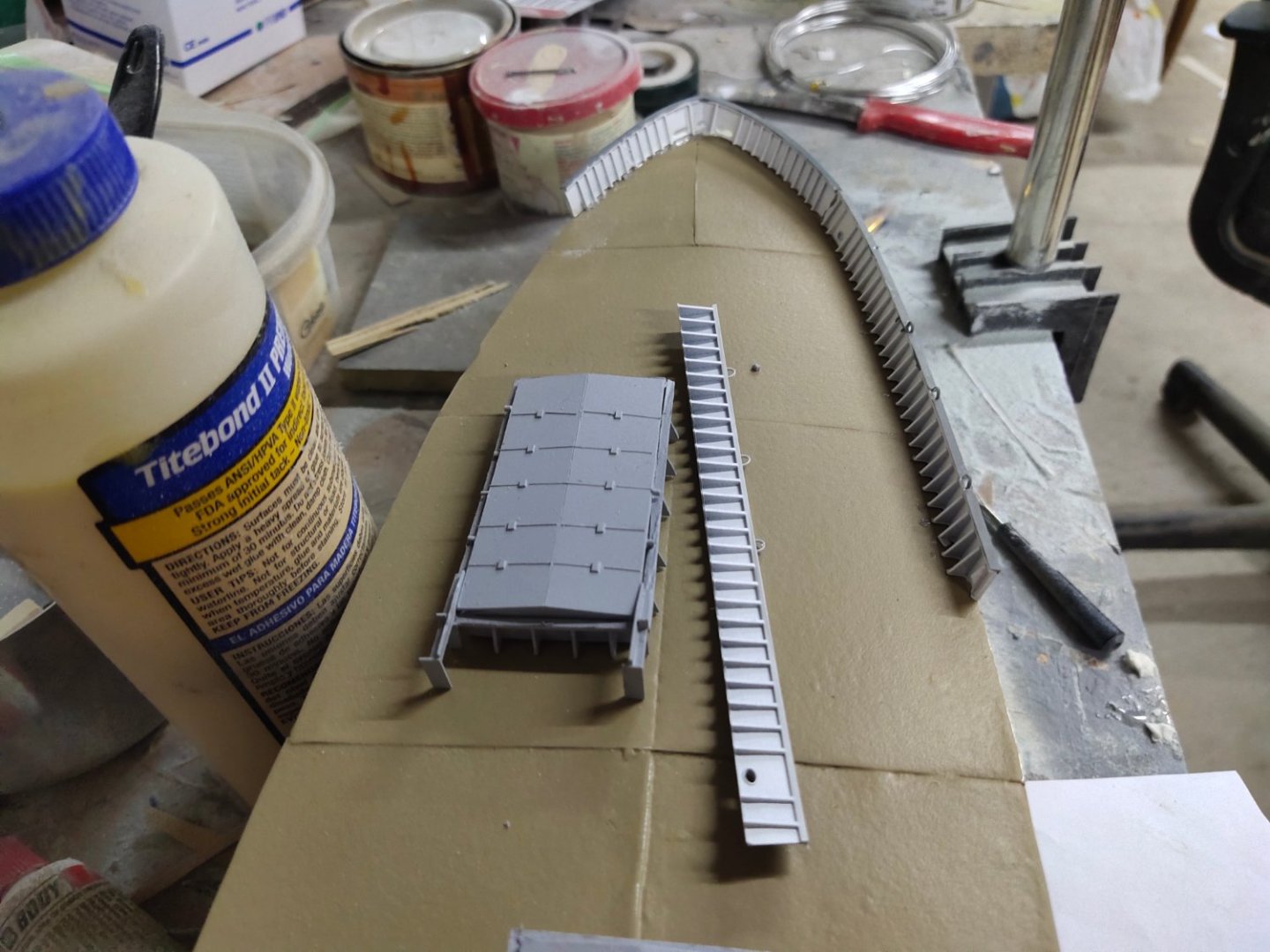

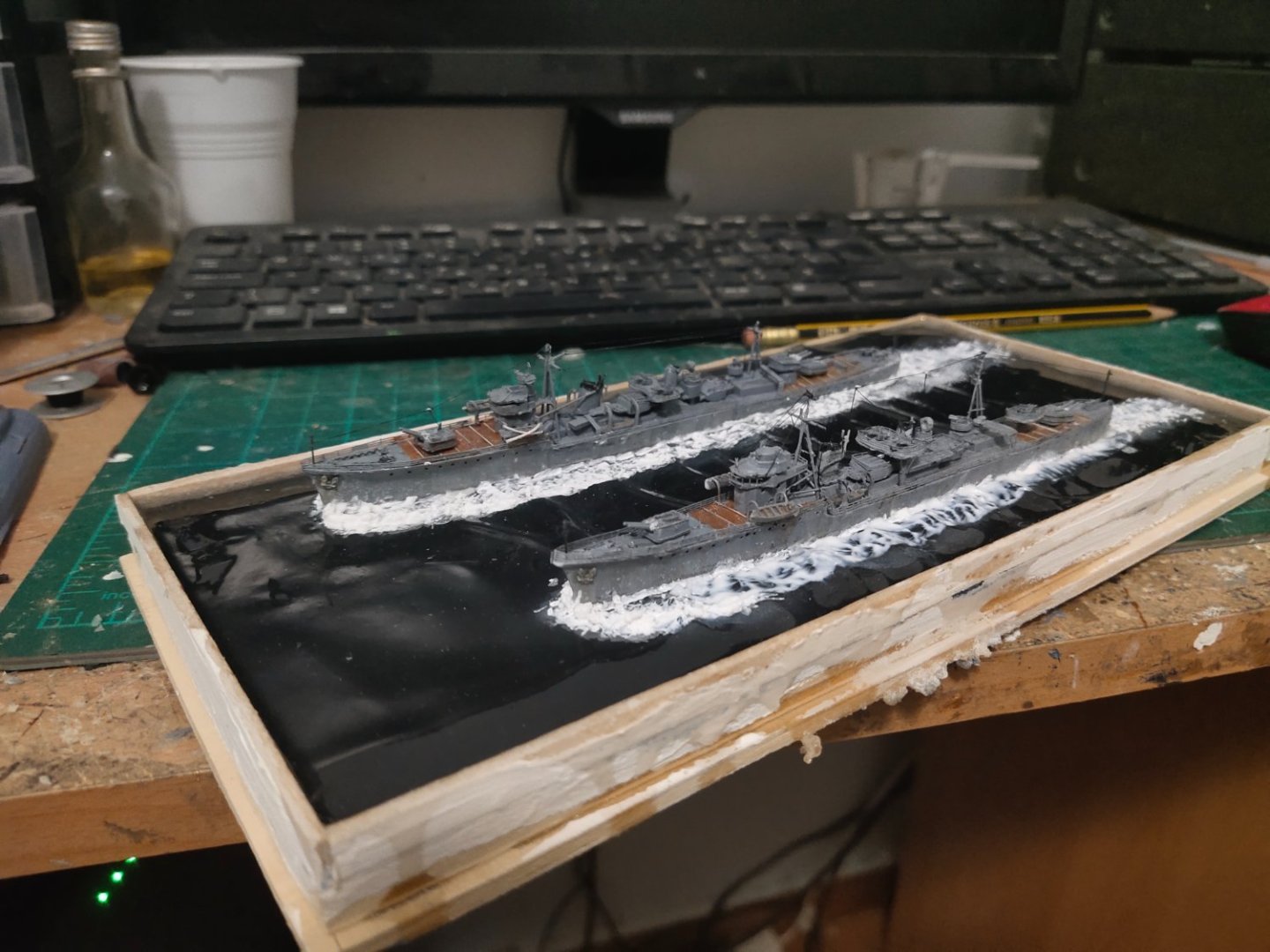
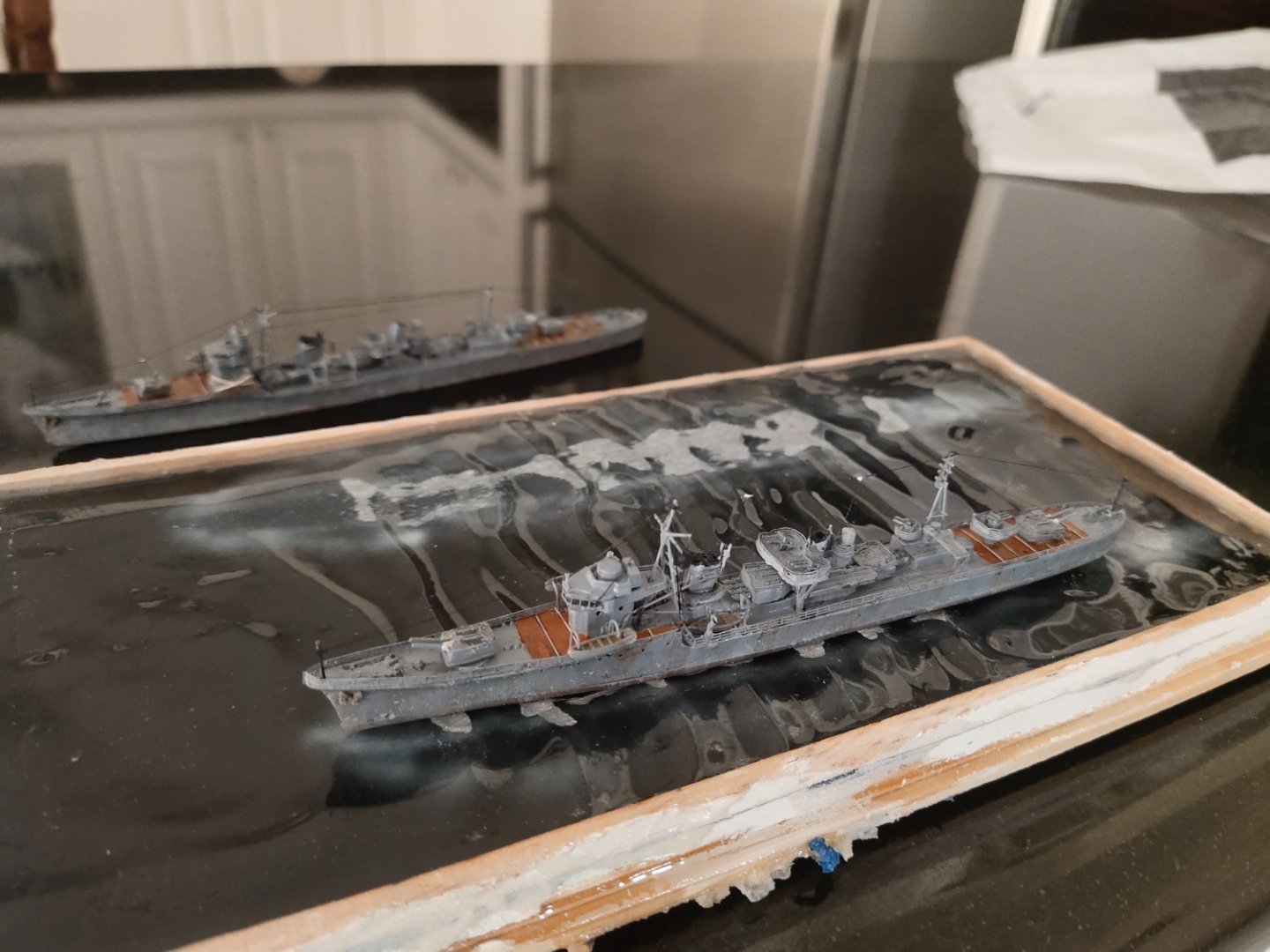
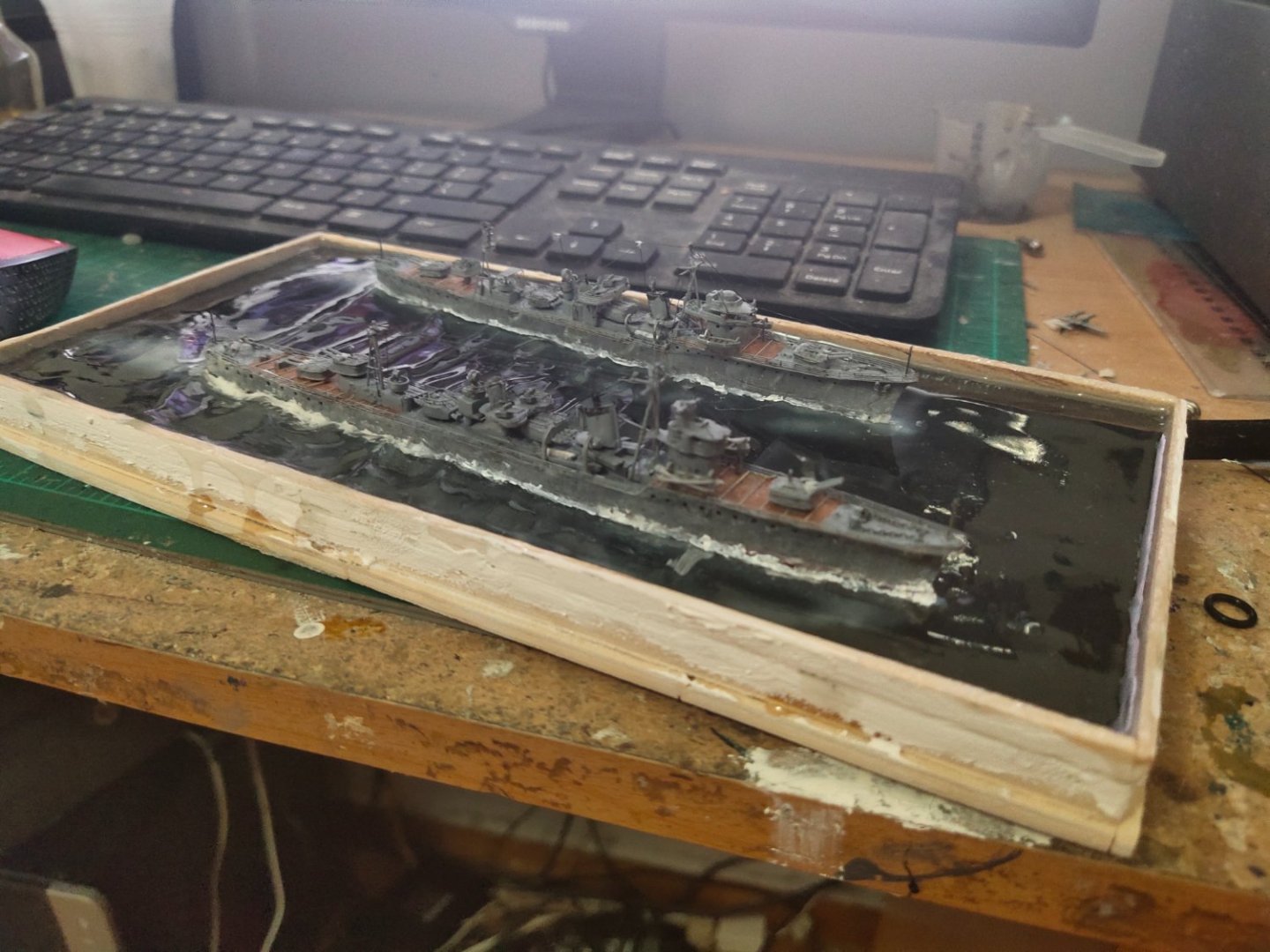
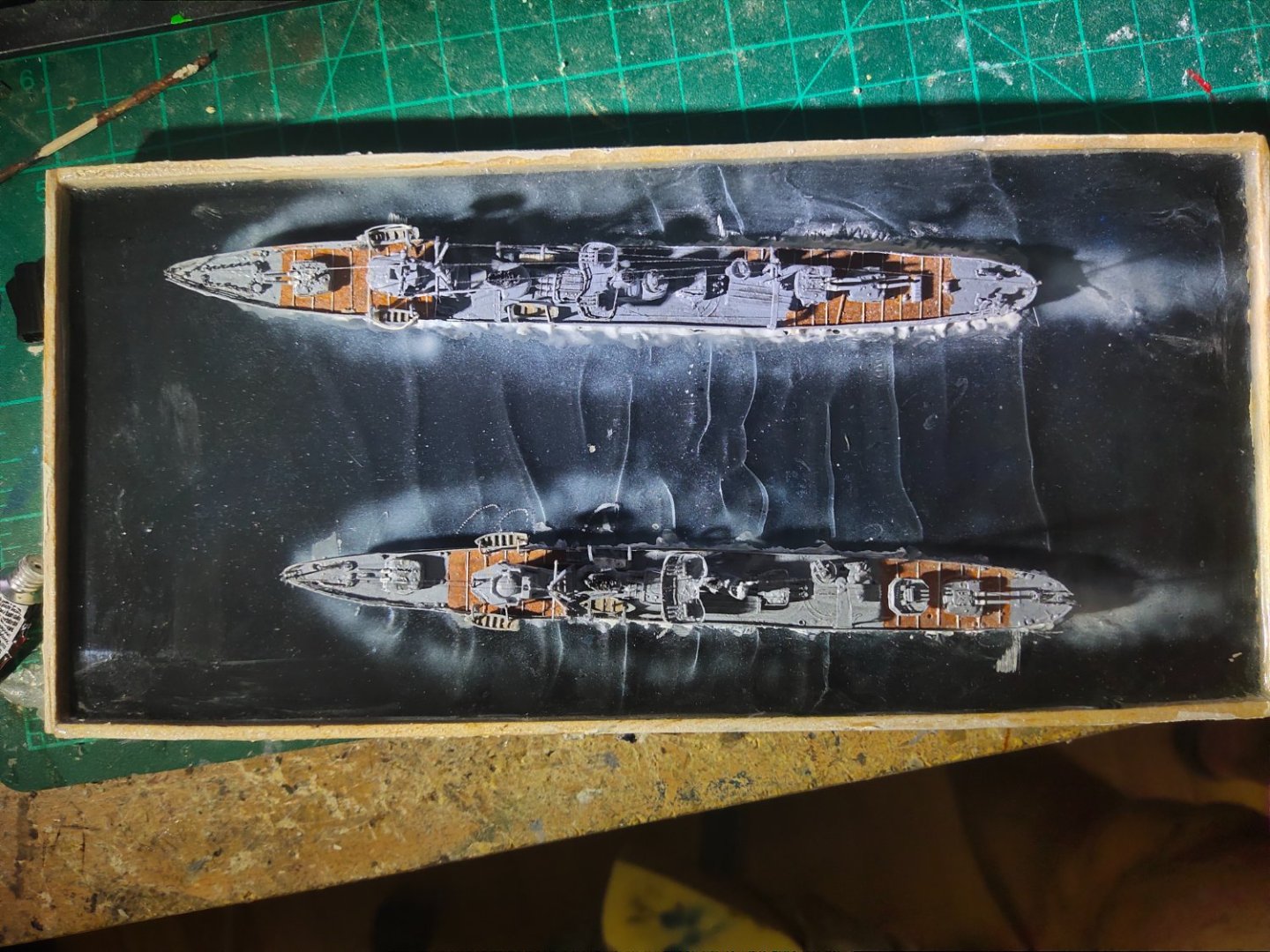
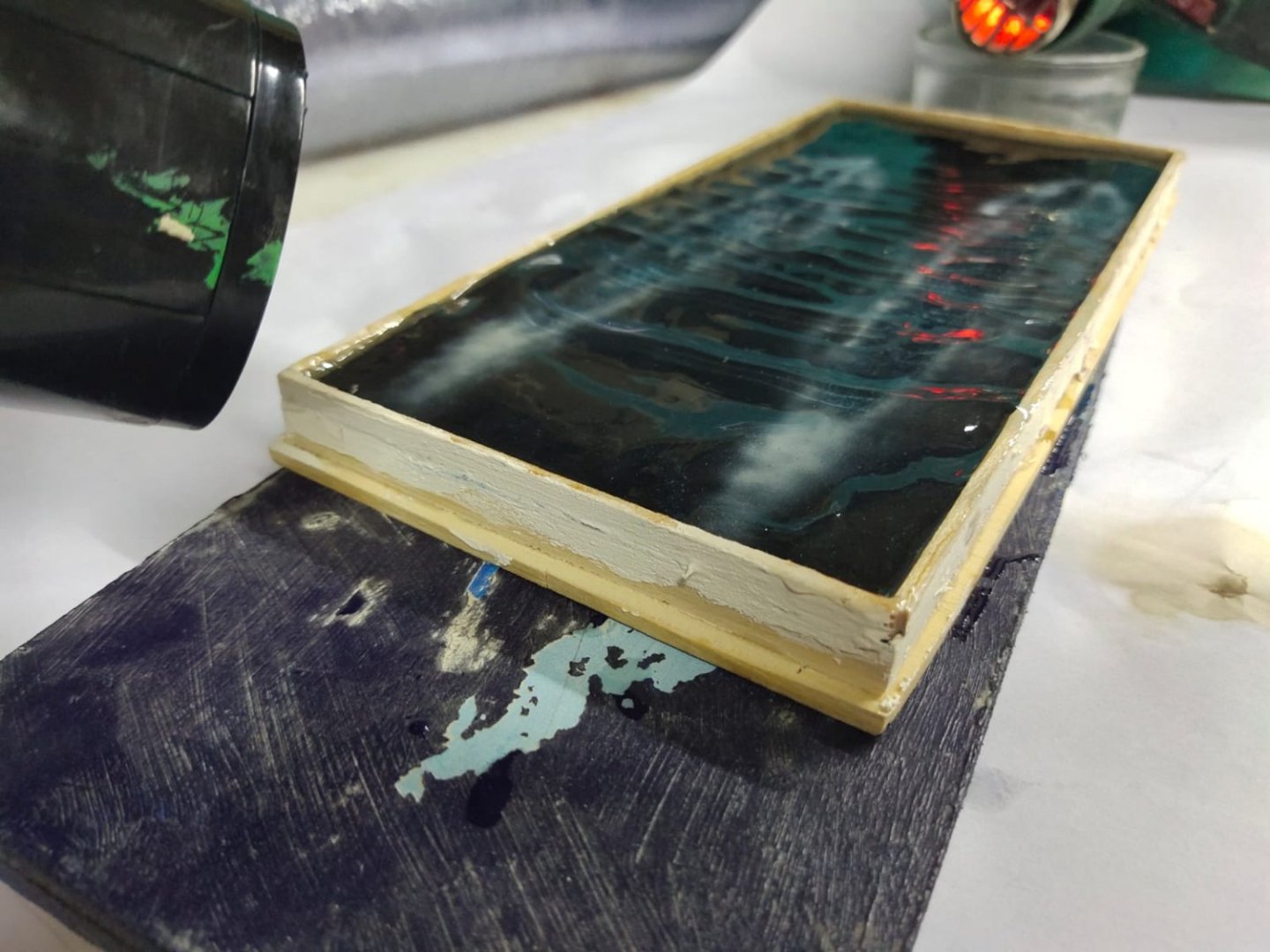
.thumb.jpeg.d4638f44aff5d36a6891af716f7d46fa.jpeg)
